Salta Tourism Information
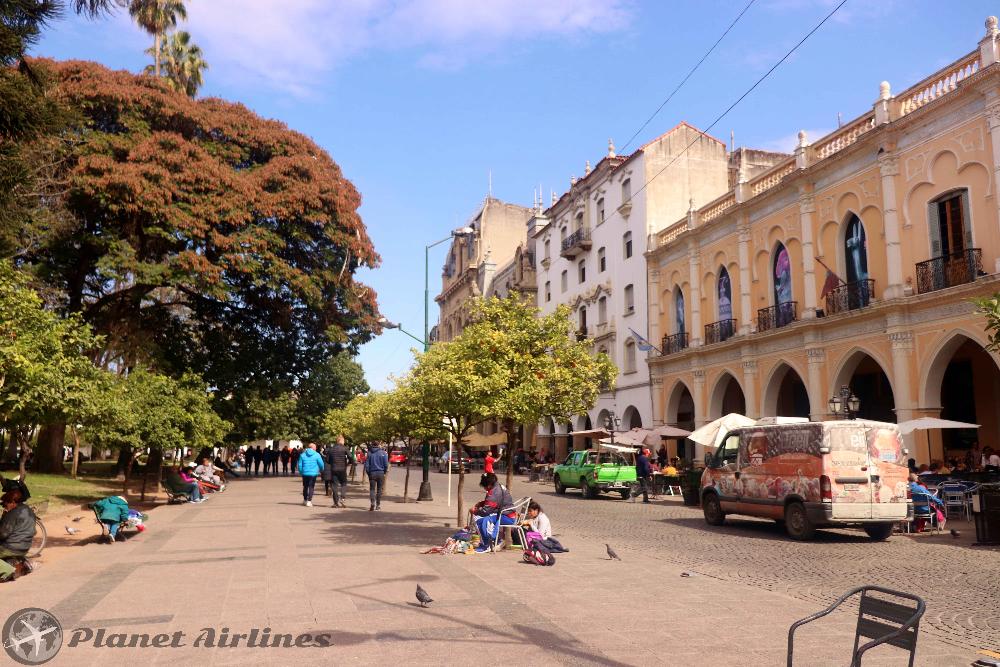
The Province of Salta boasts a mild climate and the perfect charms to be chosen as a tourist destination year round. In addition to its natural beauties, the City of Salta is ideal to stay and enjoy everything from the very moment visitors leave their hotel and start to walk around. Museums, churches, historical buildings, squares and cafés, as well as other sights, give evidence of the colonial influence, appreciated in its architecture.
To the West of Salta, lies the Andes Mountain Range and the Puna, with the incredible viaduct known as La Polvorilla and the famous Tren de las Nubes (Train to the Clouds). To the South, the valleys known as Calchaquíes with many interesting small villages to visit, like the destinations of Cachi and Cafayate, where you can taste excellent wines of the region! You can drive or take tours to marble at the incredible landscape which forms the province of Salta.
Salta is one of the most visited regions of Argentina, together with a great climate, relaxed city atmosphere, easy transport options, delicious local dishes and plenty to see and do, makes for a perfect weekend getaway from bigger cities or come to explore the area more deeply, you will want to come back again!
Visiting Salta is pleasant all year round, with blue skies predominantly in the Winter months from June to September. During these months you are most likely to experience good weather with pleasant average temperatures that fall between 15 °C and 28 °C. At night however it does get colder with a bigger difference in temperatures that can drop to 5 °C. These months are also the driest with hardly no rain and with little humidity.
In contrast, the hottest season is during the Argentinian summer in January, February, March and also November and December. During these months there is a high chance of precipitation, specially during January. Temperatures at night are very mild, but during daytime they can reach 30-35 °C.
❗Attention: There is a great variation in temperatures in Salta depending on the altitude of the places you visit. Salta city might reach up to 40 C° in the Summer months, whilst the higher altitude zones might be only at 25 C°! Day and night temperatures can also change drastically ranging up to 22 degrees in difference! During the Winter months especially, in can be -2 C° at night whilst during daytime it can be pleasantly 22 C°!
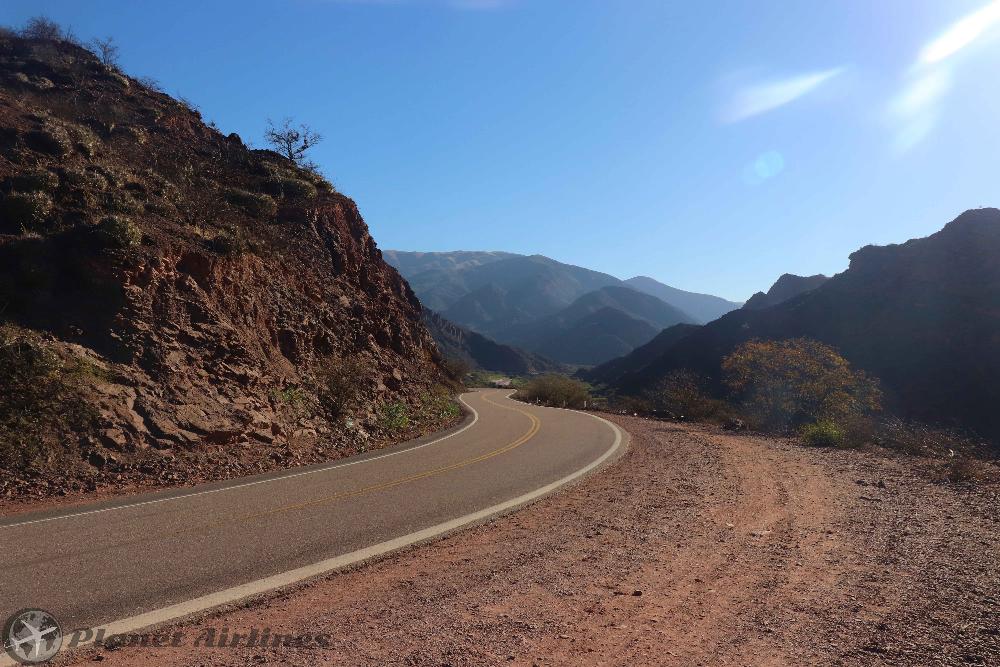
"El Aybal " airport, is 10 km away from the city through National Route Nº 51. It connects Salta to Buenos Aires, Córdoba, Tucumán, Jujuy and other cities. International flights operate from time to time. Flying to Salta is so popular that there are flights departing from Buenos Aires every 2 hours. Flight times are only 2 hours, once you arrive the airport, there is a bus number, 8A which connects to the city centre every 7-10 min. You will need to buy the SAETA card, which is a e-card for payment of the 25 Pesos fare from the airport.
Another option is to travel to Salta by long distance bus, however the trip can take up to 20 hours! Fares for these services are around €50-75, when the plane can be more competitive, when buying in advance.
Once is Salta, there is a comprehensive route of busses which connect all points of the city. To travel by them you will need to buy the e-card which is available from kiosks for 70 Pesos. You can then load money onto the card and pay as you board the busses.
✔️Tip: To travel to other towns and regions, you can either join tours from Salta or go yourself from the main bus terminal, located 15 min walk from the city centre.
However, tour agencies offer competitive rates to travel on day tours, enquire at the agencies which are dotted around the centre of Salta.

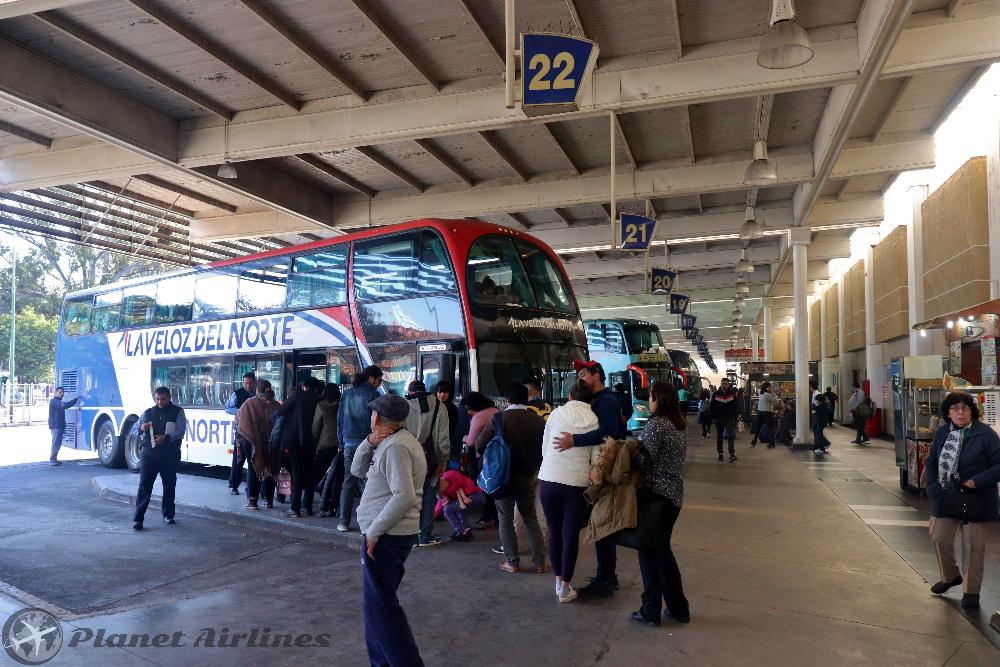
Lying on the Lerma Valley, Salta is the capital city of the Salta province. It is situated in one of the most fertile and interesting landscape created by nature, it's no surprise that Salta, is not only a city destination, but also a natural and outdoors destinations where to travel and admire the beautiful scenery.
Within the city, the hispanic architecture outstands from the other cities in the country. The colonial spirit from the times of the foundation remains in its houses, streets, hundred-year-old monuments and narrow sidewalks surrounded by the mountains nearby. Salta tourist attractions includes sightseeing its numerous statues, visits to the San Francisco Church, the Cathedral and the interesting historical and anthropological museums. Also don't miss the chance to go up the cable car and view the city from Cerro San Bernardo.
Undoubtedly, visiting the city means tasting the worldwide known "empanadas" from Salta. Evenings are also great to spend in the city centre, with many restaurants and quaint cafes open late and giving performance shows on the street.
Below you find more details of the highlights of what to see and do whilst in Salta city:
- Salta Historical Centre: Head to Plaza 9 De Julio and you will find yourself in the historical and colonial centre of Salta. Here you can admire at the San Francisco Church, the Cathedral, the Provincial Theatre, America Cultural Centre and the many interesting historical and anthropological museums.

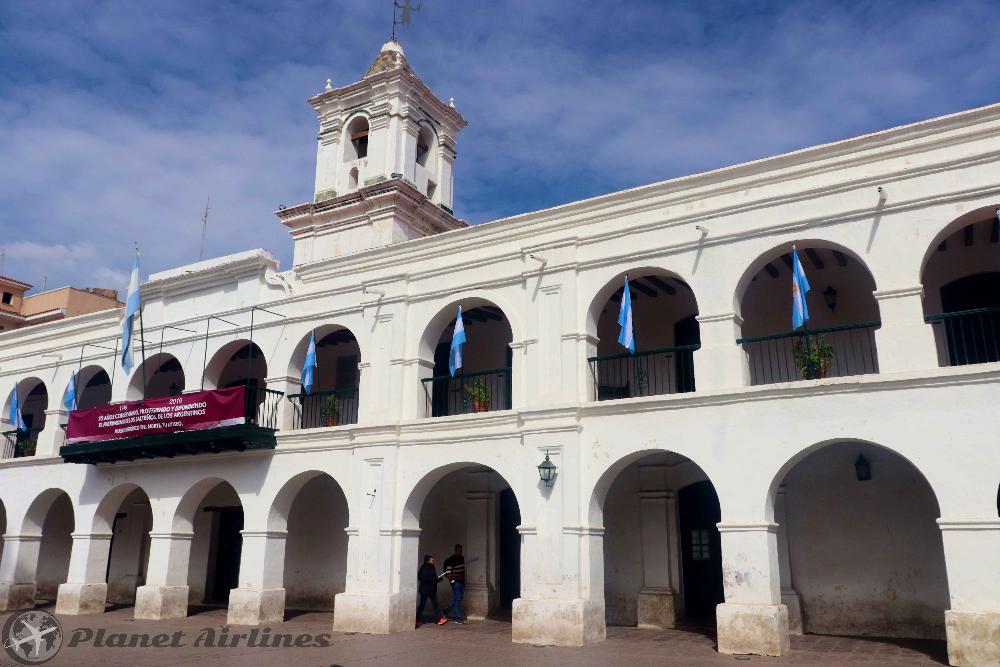


- Salta Cable Car to San Bernardo Mount: After going around the historical Salta, a great idea is to go to Mount San Bernardo by cable car. Located at the base of the mount in Parque San Martín, the cable car was built between 1987 and 1988. The strategic location, gives bird view sights over the entire urban area of Salta and part of the Lerma Valley. The cost of the ride is 400 Pesos return, but you can access one way for 200 and then walk down the paths or steps habilitated which take you comfortably down.
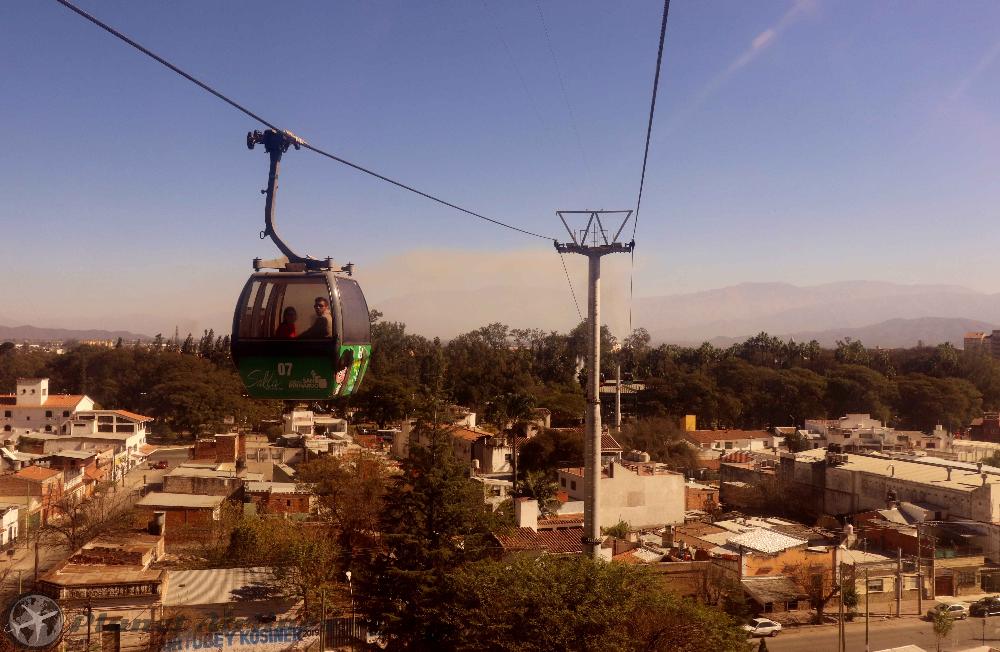

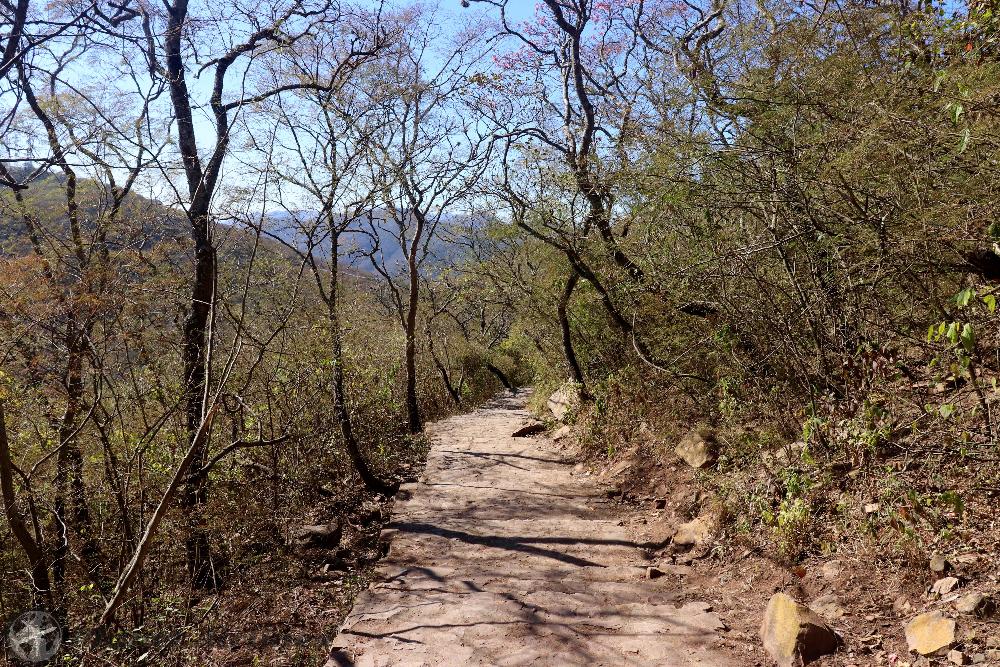
- Parque San Martin: This big open green space is a lovely park for families, dog walkers, people jogging and those wanting to take a break from work to disconnect from the city. Only at 10 minute from the city centre, it's easy to walk to the park, with many benches provided around the park under the shade of the trees.
There is a small market for souvenirs and handicraft at the end of the park, close to the lake. At the lake it's possible to rent a paddle boat for fractions of 20 minutes. Around the area, you will also find many cheap local food stores, candy stands and homemade cakes or drinks for sale.
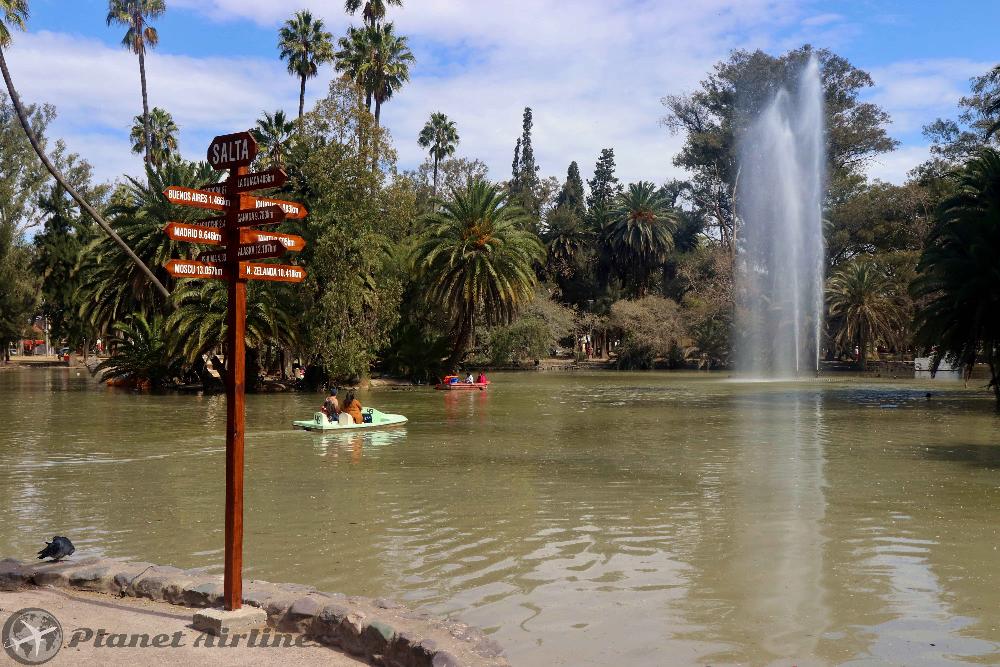


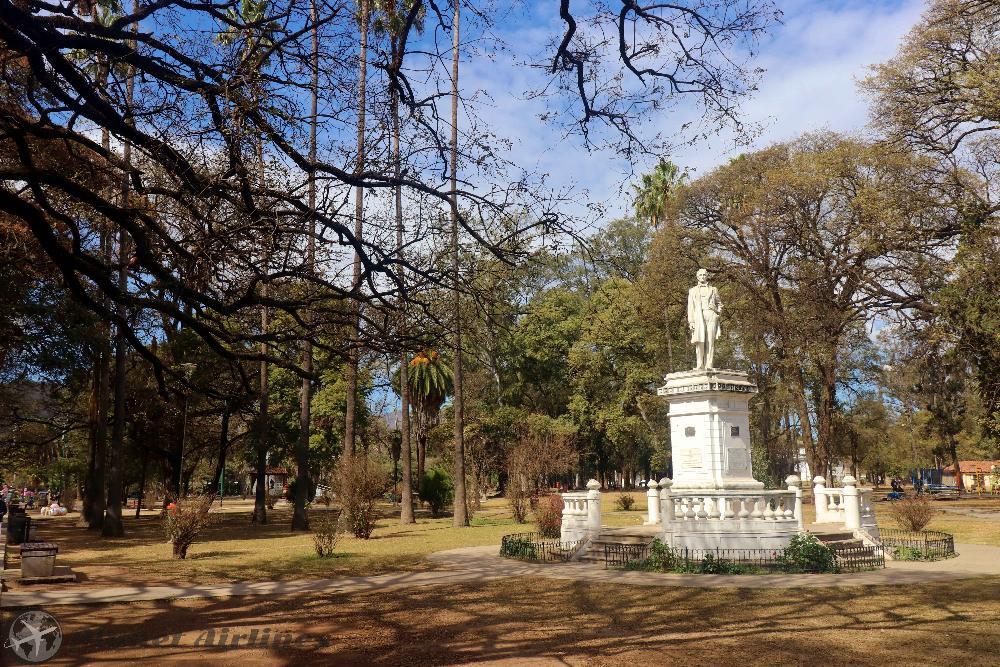
- Tren de las Nubes: "Train of the clouds" is a tourist attraction which has become very popular to visit from Salta. Climbing up the mountain by train starting at the City of Salta (1,187 meters) to a height of 4,200 meters above sea level in La Polvorilla. The train is a diesel locomotive wit seven cars in a colorful set. They can carry almost 500 passengers, dining-cars and medical aid. The cars have comfortable seats, broad windows and the temperature is specially conditioned. There are restrooms on each end and a system of cutting-edge speakers and screens. The complete journey would cover a round trip distance of 434 kilometers in 13 hours. A complete adventure without any need to lift one finger. The highlight is to go through Del Toro (Bull’s) Ravine and viaduct as you travel amidst very colorful mountains. The trip is well organised and fully explained by very competent guides in Spanish or English. You also have meals provided. The cost of this adventure is not for budget conscious travellers, costing between €80 and €100 for a full tour ticket! For more information click on the official website for Tren de las Nubes.
Cafayate via Route 68: Leaving from Salta, route 68 is one of the most interesting routes you can take to discover the incredible landscape which takes you to Cafayate. A paradise road, where the wind and the erosion is in charge of giving mystical shapes to the mountains. You can spot various shapes, forms, faces and actual figures which like so realistic! The best of all, it's all natural! Some of the things you can figure out from the shapes are a face of an inca laying down, a lizard climbing a mountain, a frog, windows, a nail, an obelisc ( "The Salta Obelisc"), a friar figure, castles and even the Titanic sinking!
Along the way, you can come across with the small hippy town of Alemanía, which lies halfway between Salta and Cafayate, 107 kilometers from the capital of the province. Stopping and watching what is left from the days on which gold and the railway were in the air is totally worth it. Now it's a little derelict, but with many little handicrafts and small shops selling all type of souvenirs. Once you pass the small town, the Calchaquí Valleys are the main protagonists along the route.
Driving along this road, you will see how the wind, has eroded and given shape to the mountains with unique colors as if they were leaves. Don't forget to make a stop at "La Garganta del Diablo" (“The Devil’s Throat”), it is the first tourist attraction the wind carved in this area. This is a real hole in the mountain wall which lets us admire a kind of roofless cavern.
Following the road only 3 minutes drive, "El Anfiteatro" (“The Amphitheater”) appears. A beautiful place where the wind has also managed to go through the stone and give shape to a unique site where it is possible to watch the magic of nature from the first row. You could listen to a few musicians play here and appreciate the clarity of the sound bouncing back around you. The resonance is as good as a real music hall they say!
The rest of the route comes alive as you encounter and spot all the figures or shapes, mentioned earlier that are possible to view along the route. Most of the shapes have green signs along the road which indicate the presence of one of them, but its possible to spot a few not posted!
After a drive of about 2.5 hours, you finally reach the town of Cafayate, situated 183 km away from Salta city. Located at 1,660 m above sea level, Cafayate is well known because of its famous torrontes grape wine product of the exquisite combination of temperature and humidity that provides the ideal environment to the growth of the sweet and deep fruit flavor. It's possible to visit some of the wine cellars without reservation, but might have to wait a little until a larger group is formed. Otherwise, free wine tasting is always available!
Spend some time to walk around Cafayate town, getting to know its streets, its houses. One cannot miss to observe the unique architecture of the Cathedral, the flowery main square, the picturesque stone mill or the wine museums. Among other interesting excursions, you can visit Las Conchas gorge or go for a stroll among Quilmes ruins while enjoying the outstanding waterfalls of Colorado river or Santa Teresita Hill.
✔️Tip: Take a tour of Route 68 and Cafayate from Salta. Tours are a great way not to miss any of the shapes along the 68 Route, know local information first hand from local guides and travel comfortably in vans or minibuses. If you don't drive, the tours are very recommended and they are actually very economical. The tours take 12 hours, which include pick up/drop off from your hotel, local guide, major stops for photo opportunities, 1 hour lunch break at the town of Cafayate and even include free Wine Cellar tour and wine tasting! All of this costs 900 Pesos. In comparison, a local bus direct from Salta to Cafayate with Flecha Bus company, costs 800 Pesos return and this does not stopping along the route nor include any other visits!
Route 68 and eroded rock formations/shapes! ▼
The Town of Cafayate and Wine Cellar tour! ▼
Valles Calchaquies, Parque de los Cardones and Cachi town: Another interesting day out from Salta is to visit the great Calchaquies Valleys, the reserve park of Cactus which is along route 33, and ending in the colonial town of Cachi. Leaving from the City of Salta, the route is 157 Km in distance till Cachi. Visitors may tour around one of the most impressive circuits in the Republic of Argentina as they visit the legendary Calchaquí Valleys.
In order to visit the Valleys and appreciate their beautiful sceneries and the quaint villages, visitors must travel through three main roads, namely Provincial Route 33 and National Routes 40 and 68.
From the very beginning, the scenery starts to change and becomes greener as you descend into the valley, and enter the San Fernando de Escoipe Ravine. Surrounded by mountains and bordered by Provincial Route 33, it sets the start of adventure. At the end of the Escoipe Ravine, the winding "Cuesta del Obispo" (Bishop's Slope) begins. Along the route, you can make several stops where you can buy spices, try cheese, liqueur and other handicraft. At the top of the slope, known as "Piedra del Molino" (Millstone), lies a chapel raised to honor the Archangel Raphael, "Patron Saint of Travelers". This spot features an unforgettable view of the endless slope.
After this impressive landscape, travelers begin their way down a depression of heights to reach the Cardones National Park Reserve. After a few kilometers, the Tin Tin Straight is entered. Fully paved, this 12-kilometer-long stretch displays the impressive 6 snow-capped summits in the distance. Los Cardones National Park welcomes and amazes visitors with the thousands of cardons (big species of cactus) it contains. It is admirable to watch the various shapes acquired by the cactus pasacana. Some specimens can reach up to 6 meters of height and, bearing in mind that they grow 2 cm per year, some of them can be around 400 years old!
The drive continues for another 40 minutes until you reach the town of Cachi. Immediately you will notice one can walk along its small streets of dust and stone, as the town is relatively quite small. Cachi is worth to discover by its archeological and cultural wealth to the area. Cachi is located on the west of the Province of Salta, lying at the foot of the Nevado de Cachi, a 6,720 meters high snow capped mountain. Cachi and the valley it sits in locks the richness of the indigenous past. It was the natives Calchaquies who first settled around the Nevado (snow-capped mountain), developed their economy based on crops and projected ingenious irrigation systems later imitated by the Spaniards.
The old town still keeps the buildings from colonial times, its cobble and rubble streets with irrigations canals on the sides and houses built of adobe. The main square is 9 de Julio, dates back from the XIX century and is surrounded by cobble paths and houses with stone bases, their walls whitened with lime and sand. Along the square, you can see the Church, the Archaeological museum and tourism information, as well as, many restaurants and outdoor terraces where to enjoy local meals and drinks.
✔️Tip: Take a tour to Cachi via route 33/40: Like the previous town of Cafayate, tours are a great way not to miss any of the highlights described above. In addition, the local tour guides will provide information first hand about the area and many curiosities and stories of the region. If you don't drive, the tours are very recommended and they are actually very economical. The tours take 12 hours, which include pick up/drop off from your hotel, local guide, major stops for photo opportunities, 2 hour lunch break at the town of Cachi. All of this costs 900 Pesos. In comparison, a local bus direct from Salta to Cachi can cost 800 Pesos return and this does not stopping along the route nor include any other visits!
Route 33 and Parque de los Cardones (Cactus park) ▼
Cachi Colonial Town ▼
Other tours which are less popular but still quite interesting if you have more time are: the town of Santa Rosa de Tastil with it's pre-Hispanic ruins and the incredible landscape area around San Antonio de los Cobres.
- Santa Rosa de Tastil is located in the Lerma Valley, near the ruins of the ancient indigenous city of Tastil, in which ruins are distinguished perfect dwellings, burials and streets.The town itself is only populated by eleven people, three of which are employees of the Moisés Serpa Regional Museum of Tastil. A clinic, police station, school and church serve the small population, as well as around 150 rural inhabitants of the surrounding area. The museum of Tastil, was inaugurated after the 1997 declaration of the ruins as a National Historic Monument the same year, and displays artifacts found at the site and surroundings, including a mummy dating from the 14th century.
The tour then continues towards San Antonio de los Cobres, one of the most important towns of Salta. Going along a mountain path that follows the Quebrada del Toro, again you can enjoy incredible landscapes and appreciate the native fauna and flora. The trip takes you parallel to the railways of the Train of the Clouds, crossing the Quebrada del Toro, where the landscape is a transition between lush vegetation and the appearance of the first cactus. You can see the outstanding movements of the Train of the Clouds, like at the Viaduct of the Bull, the zig-zag of the Alisal and Chorrillo, and also can get to see places like El Candado, El Golgotta, Alfarcito, among others. After, the tour starts the climb up to Cuesta del Muñano and get to Abra Blanca until reaching 4080 meters above sea level. You then arrive to San Antonio de los Cobres, the main city of the department of the Andes, and visit the famous Viaduct of the Polvorilla of 63 mts height. You are able to have lunch here and then make your way back to Salta.
Salta has some really good vives at night. After a lively outdoor tour all day, never miss the chance to eat out and see some of the festivals called peñas that offer the most authentic traditions of Salta. They pay tribute to tradition and the customs inherited from their ancestors. They respect meals with the family and maintain the recipes passed on by their grandparents. All the peñas, from the most famous, such as Los Gauchos de Güemes or Balderrama, which have been around for years, to the youngest local ones, offer varied and original shows captivating their audience. Many of the best known lyricists, poets and performers have left their trace around these local places.
Balcarce Street is one of the most popular, as when the night falls and the street lamps are lit everything becomes filled with color and music. See different cuisine styles: high mountain gourmet cuisine, asado and, especially, the delicate cuts of llama and goat. Also the more traditional empanadas salteñas filled with chopped meat, the humitas and tortillas al rescoldo are some of the local specialties.
Other areas where to enjoy some local food are Paseo de los Poetas and Paseo Güemes.
Apart from the more local peñas, there is also a modern side to Salta, filled with various options to enjoy your evening. Those feeling lucky, can head to some of the Casino's around the city like Casino Salta. There are also pubs where to enjoy local wines and beers from the region. Clubs and late night bars are also around the streets close to the peñas.
You will also hear a lot about the Casonas, one famous one is La Casona del Molino, where musicians are just locals who brought their own instruments and the performances are nothing more than impromptu jam sessions from the crowd. You’ll likely feel more at a house party more than an organized folkloric music show. Some require reservations before going especially at the weekends as they tend to get very busy and crowded!
❗Attention: Evening weekend meals and going out times in Argentina are late. Dinner's are generally eaten around 21-23h, so it means that bars and peñas don't fill up till after midnight. If you are heading out to clubs, these don't get usually busy till 2-3am!

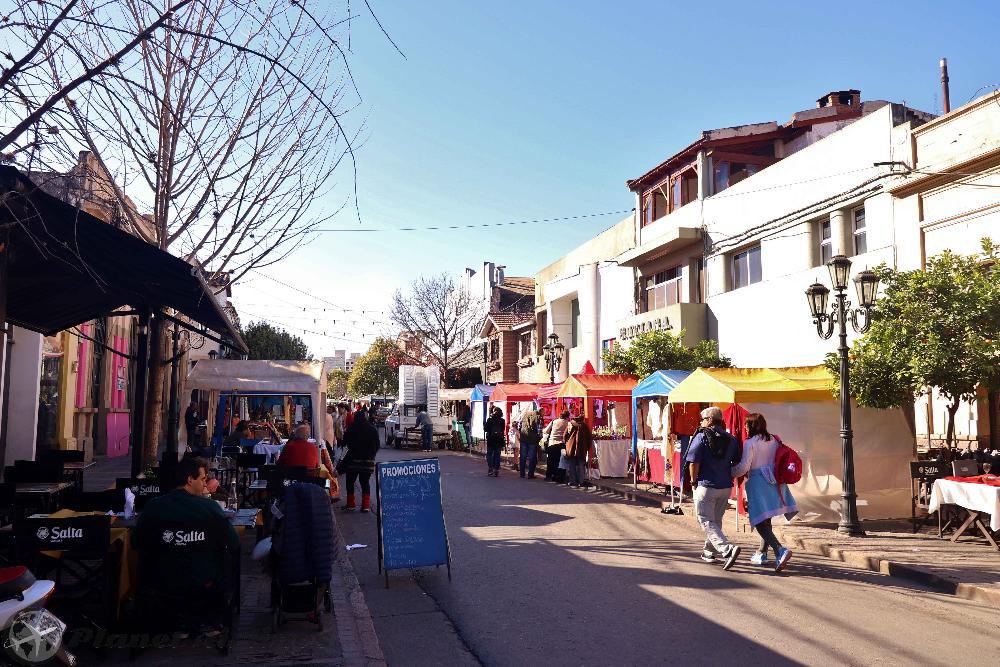
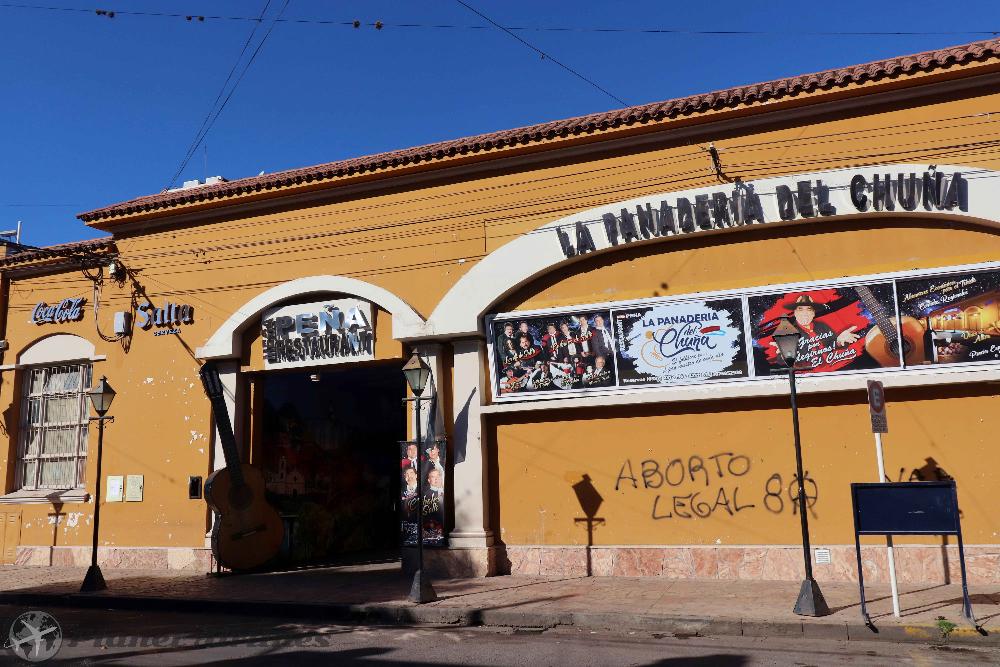
Salta's popularity means that prices for accomodation are higher than other areas in the region. Hotels are well equipped with tourist services and offer many tours and additional extras, from which you can travel not only around Salta, but to the popular areas like Cafayate, Cachi or even to the province of Jujuy. Hotel prices range from €25-45 per night.
If you are on a budget, there are still many hostels with shared accommodation and dormitories, with prices around €15 per night. Additionally you can also find plenty of private rooms or flats via booking.com or Airbnb.
You will notice many signs as Hosteria, in Salta and the smaller towns. These are hostel type of accommodations which offer different type of services, including some meals, private rooms or shared dormitory, swimming pools etc. Many of them, have a better price when you walk in, rather than paying online in advance!
✔️Tip: Many travellers come to Salta to explore the countryside of Northern Argentina, specially towards the region of the Quebrada de Humahuaca, which actually belongs to the province of Jujuy. The capital Jujuy, is much closer to the Quebrada de Humahuaca than Salta, therefore you will save yourself lengthy travel times. It's advised you stay in Jujuy if that is your intention. However, Salta is more advised to stay when visiting the area of Quebrada de las Conchas, Cafayate Wineries and Cachi town.
Salta as a tourist city is not big to explore, there are many museums however to visit and learn more about the culture and heritage of the area if you wish to. The highlights of Salta reside in its natural beauty and landscape. Taking a few tours or driving to the popular areas will take time and stopping at all the sights. To see the most of Salta and its region a stay of 4 nights is best advised, however in order to relax more and take in all its activities up to a week will be a good time as well.
Salta Photo Slide 📷

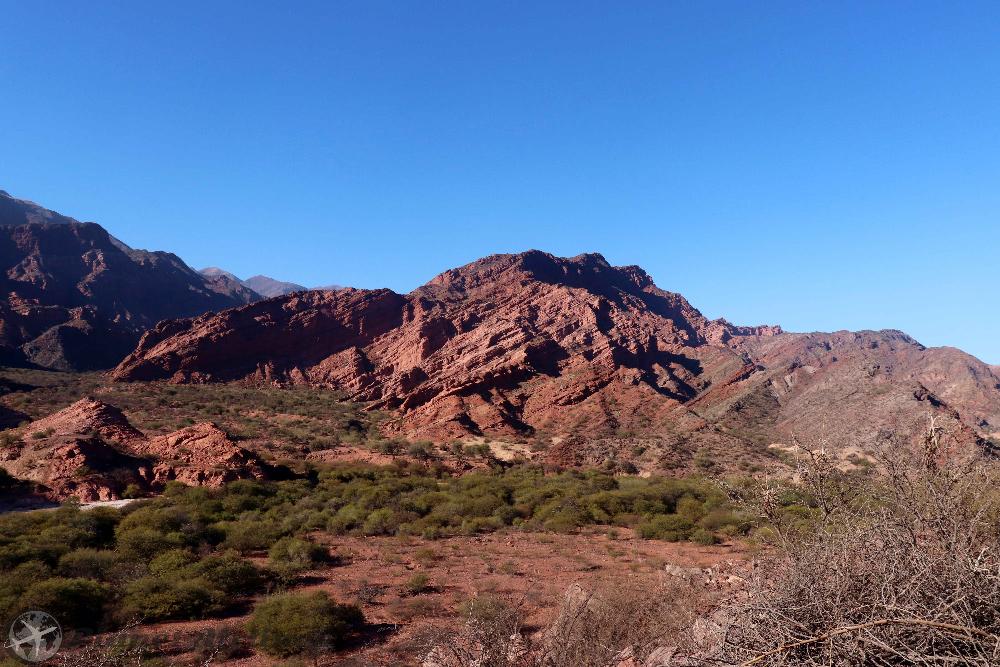


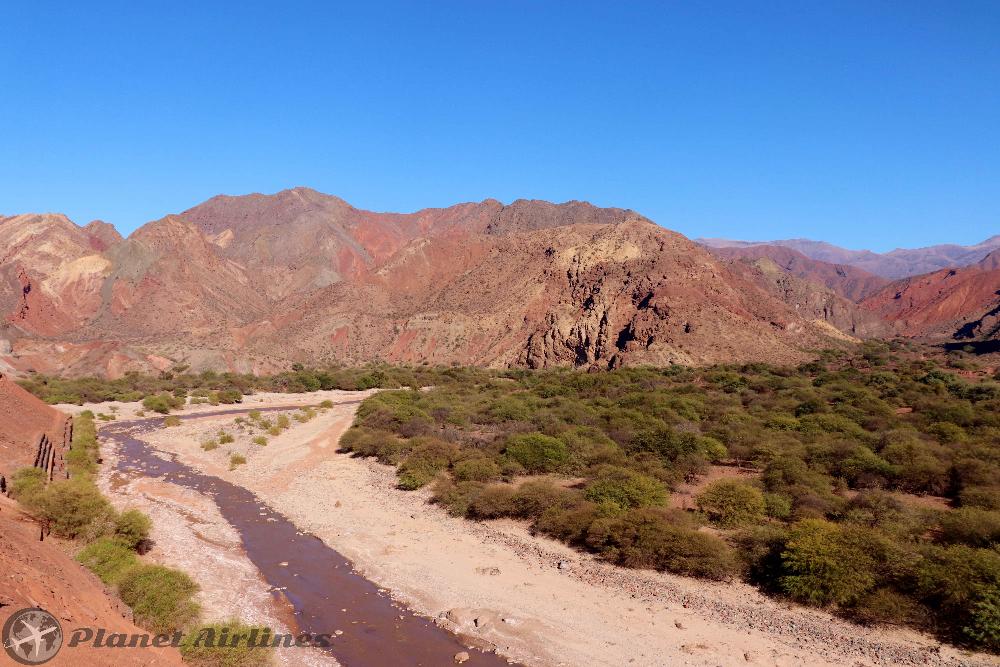
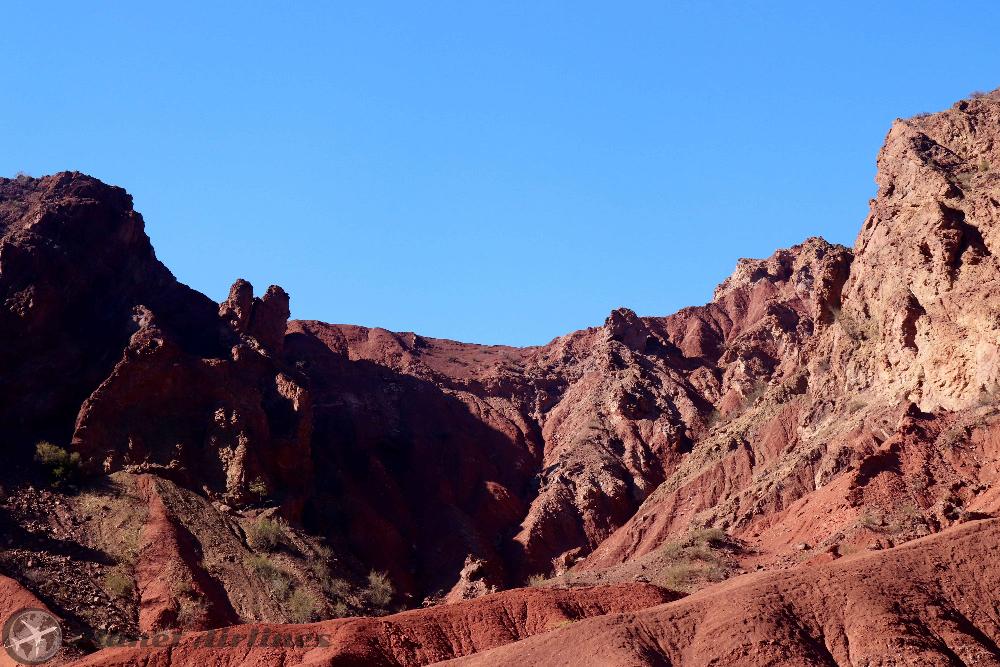
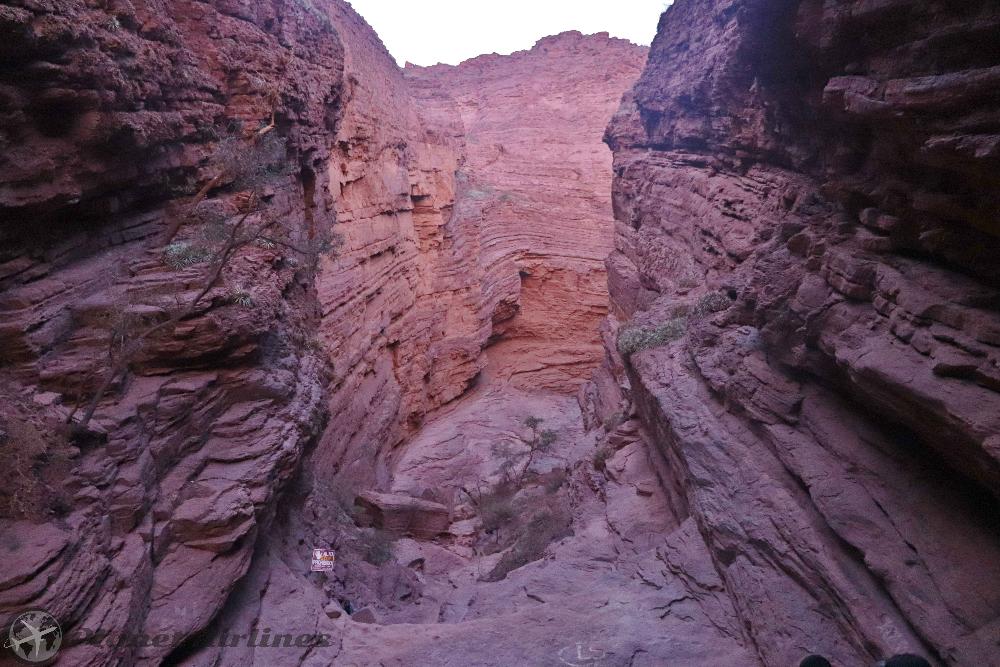
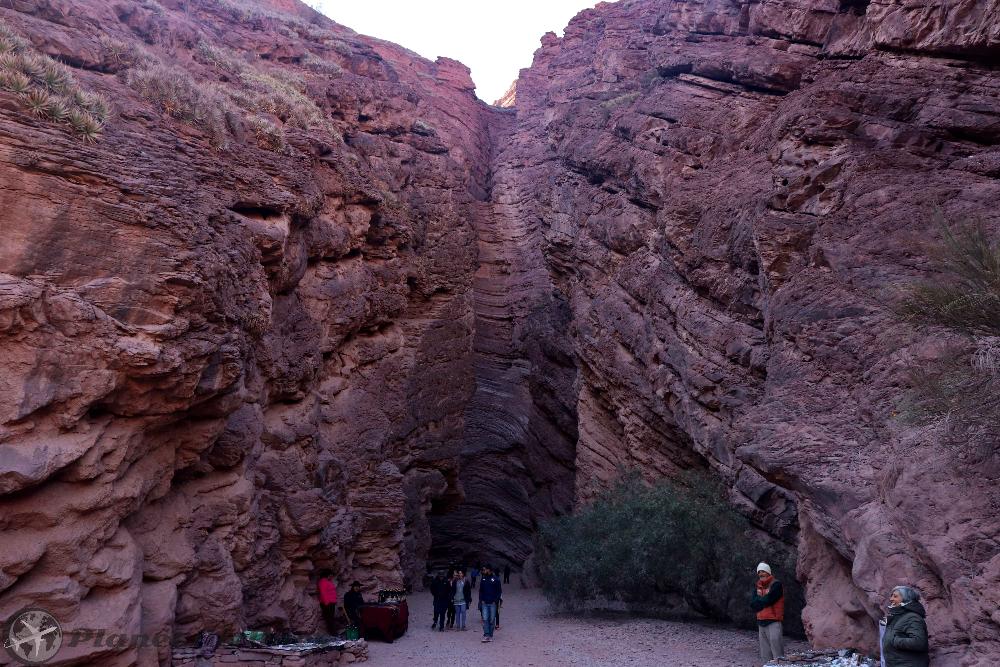

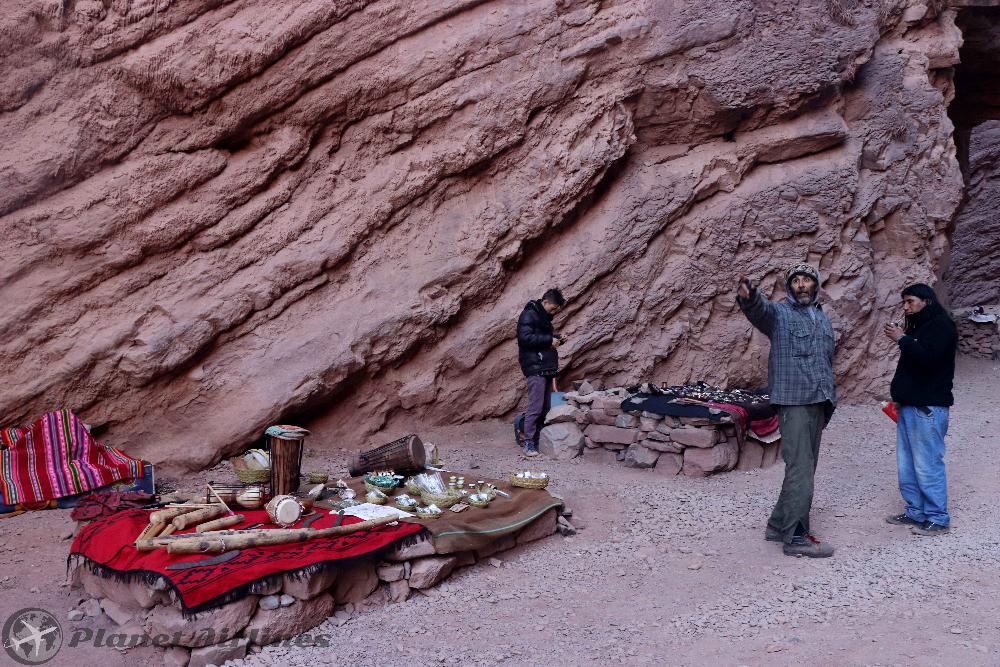
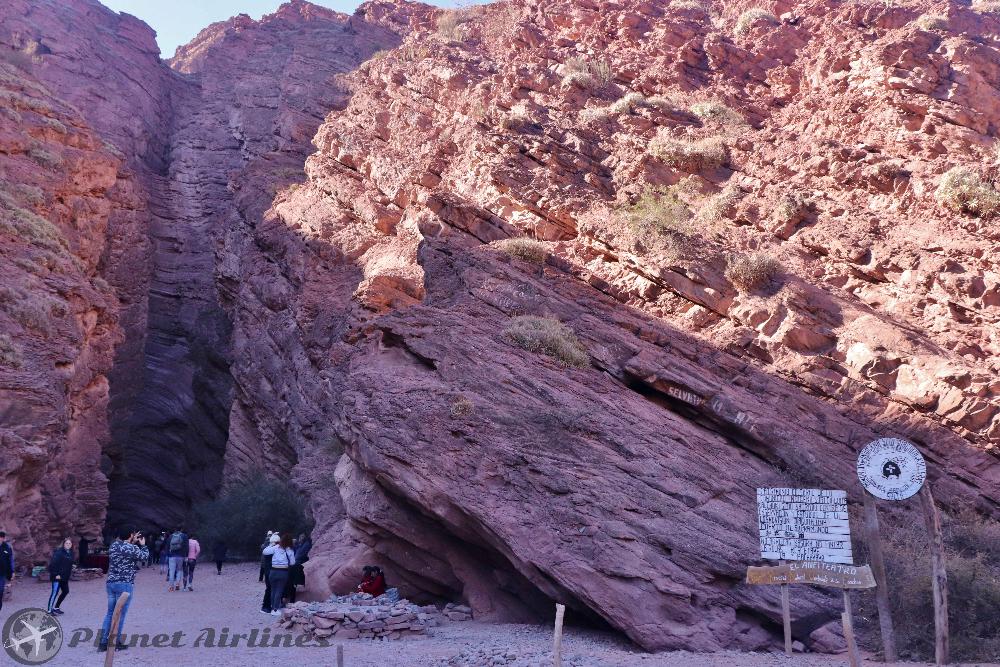
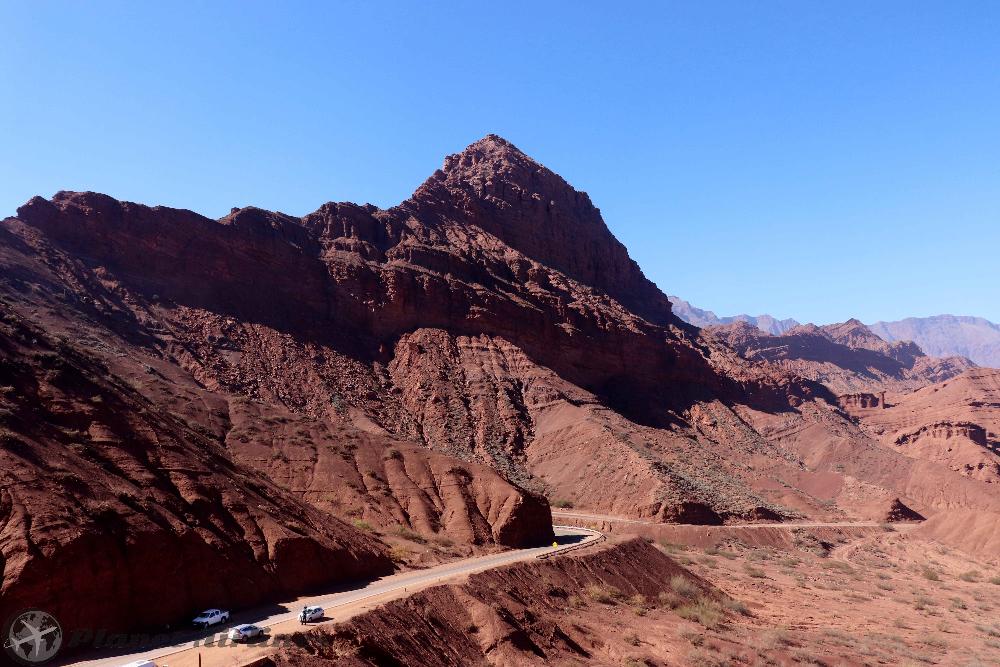
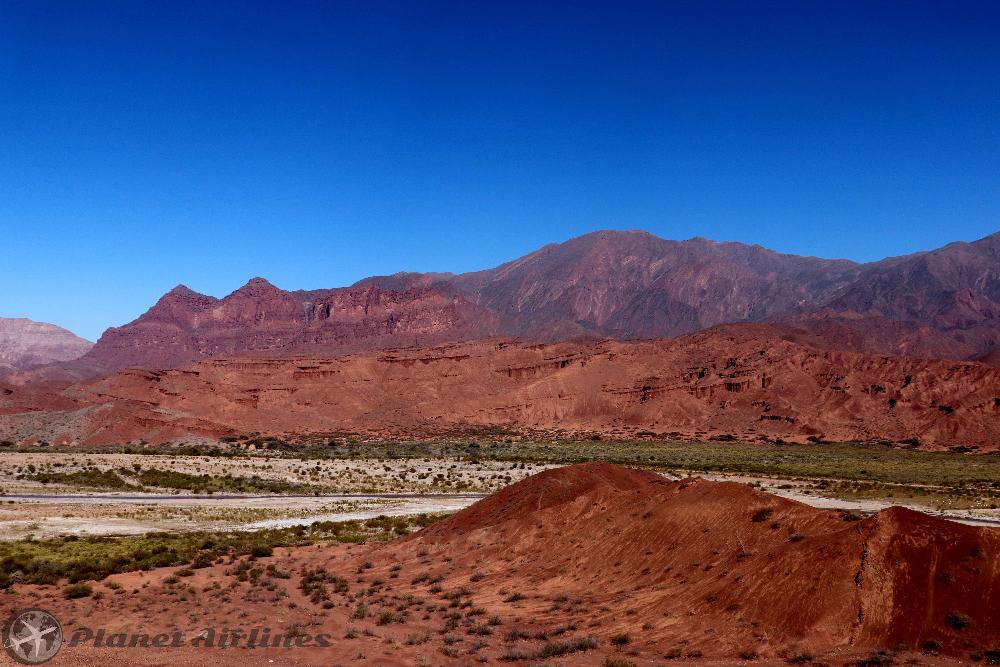
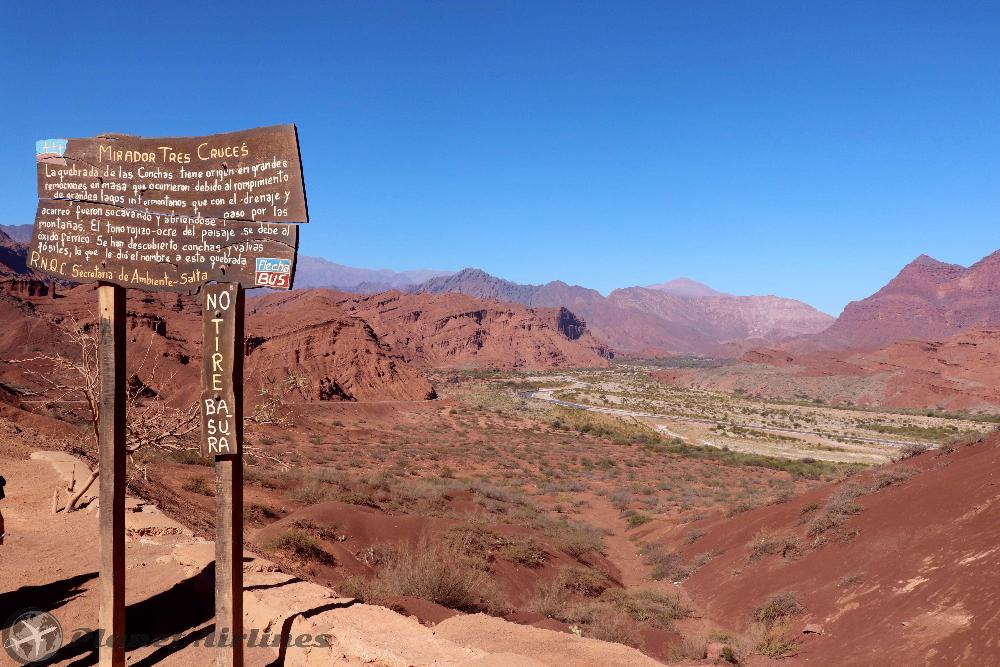
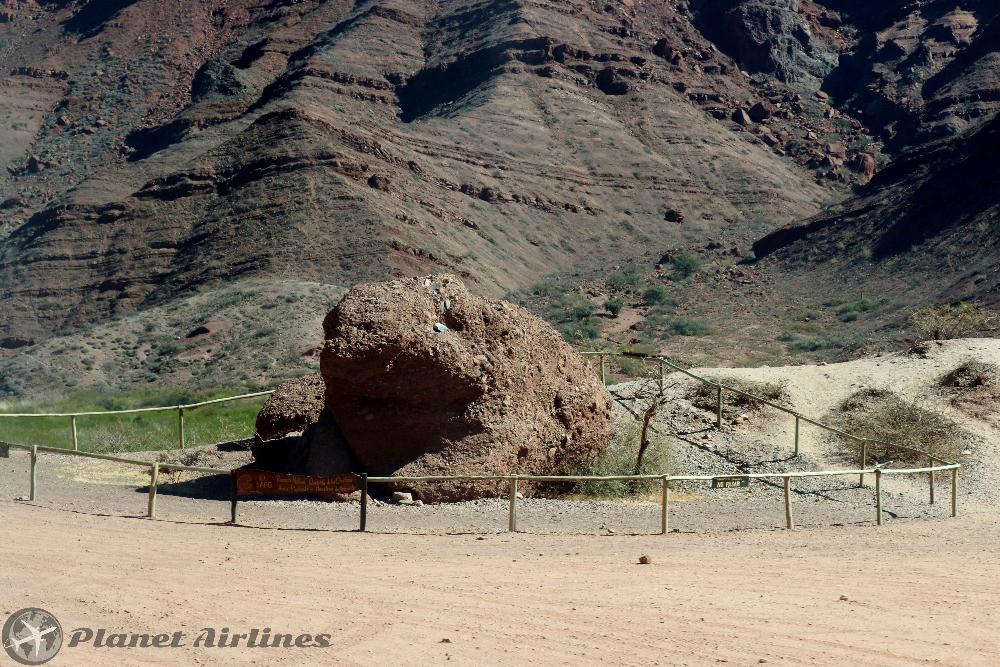

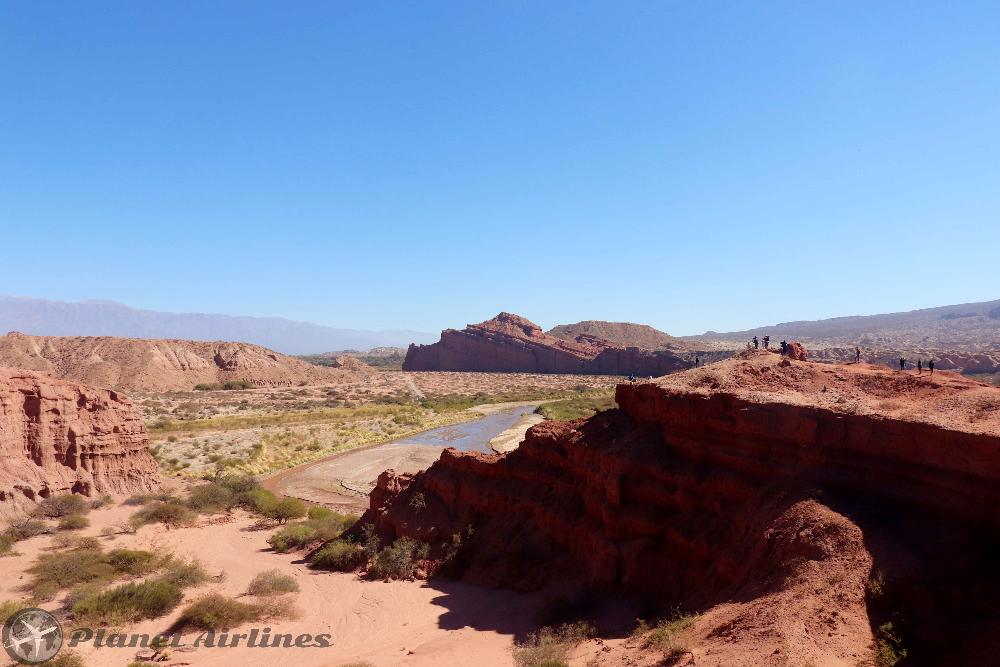


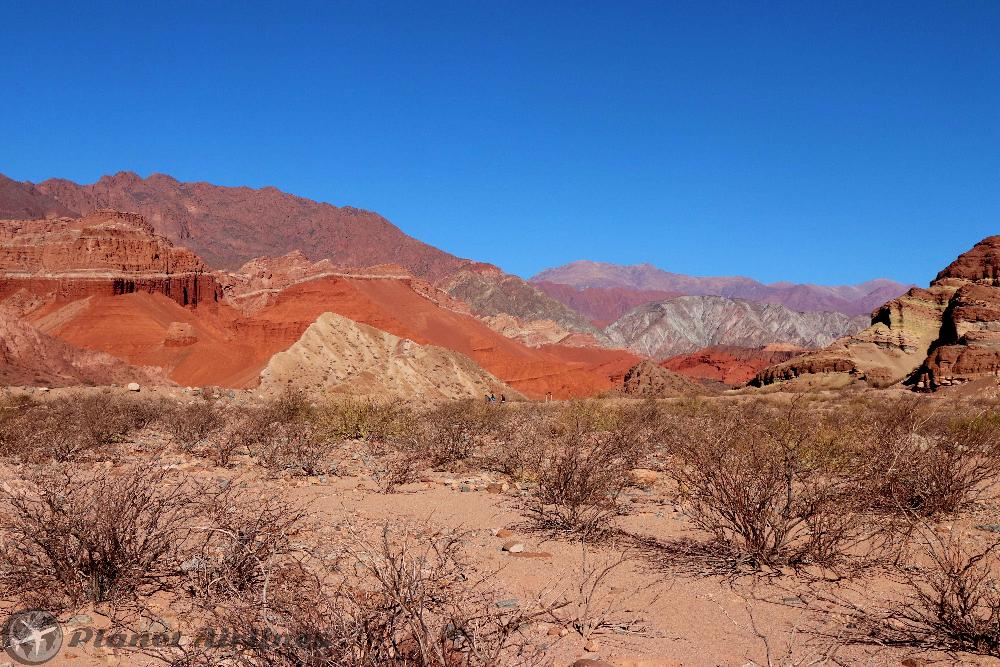
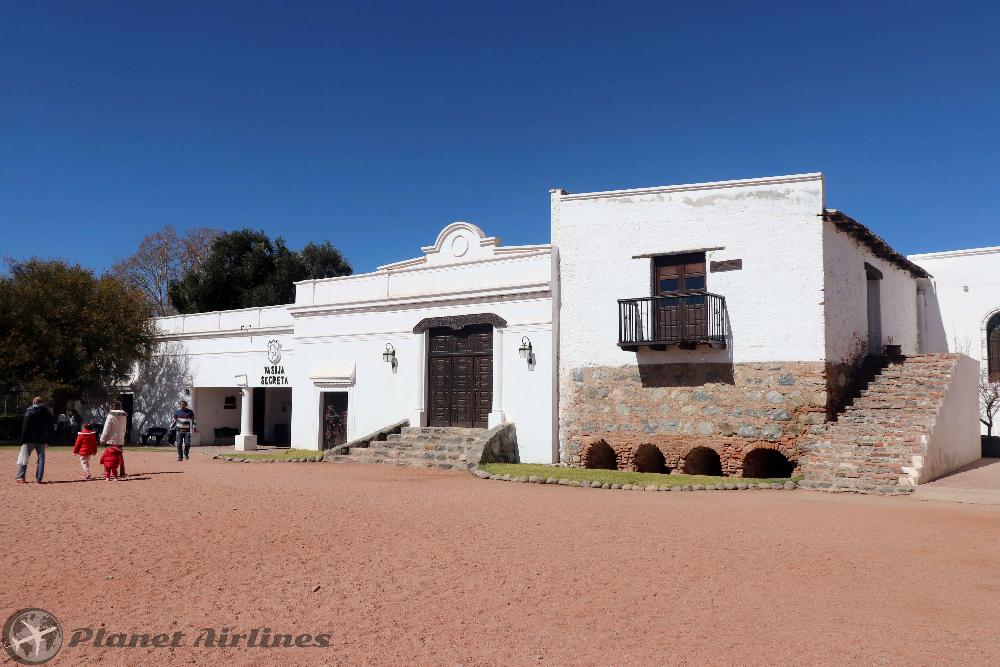
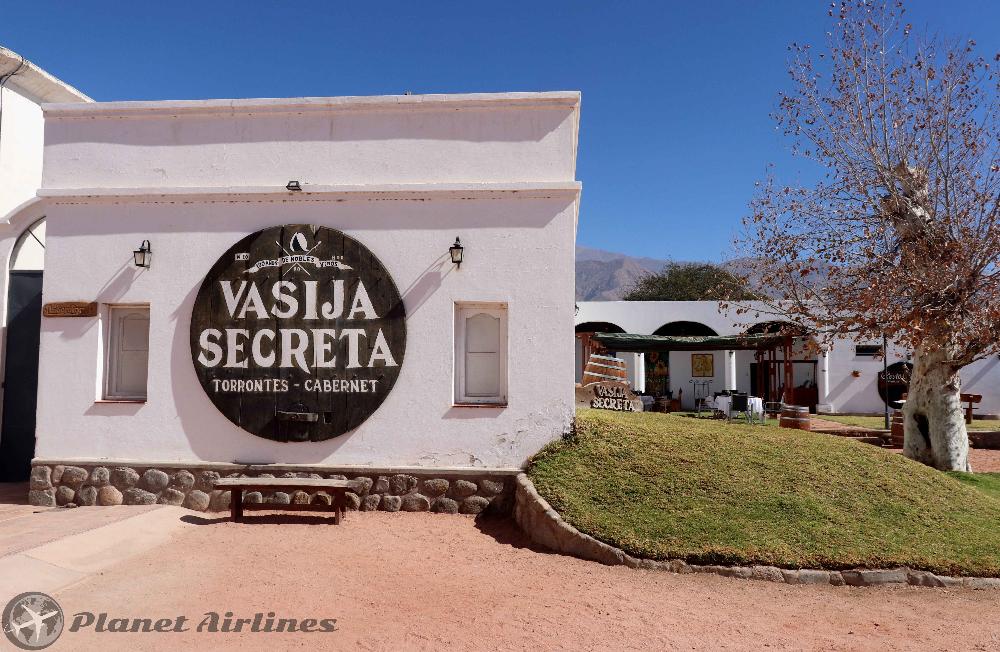



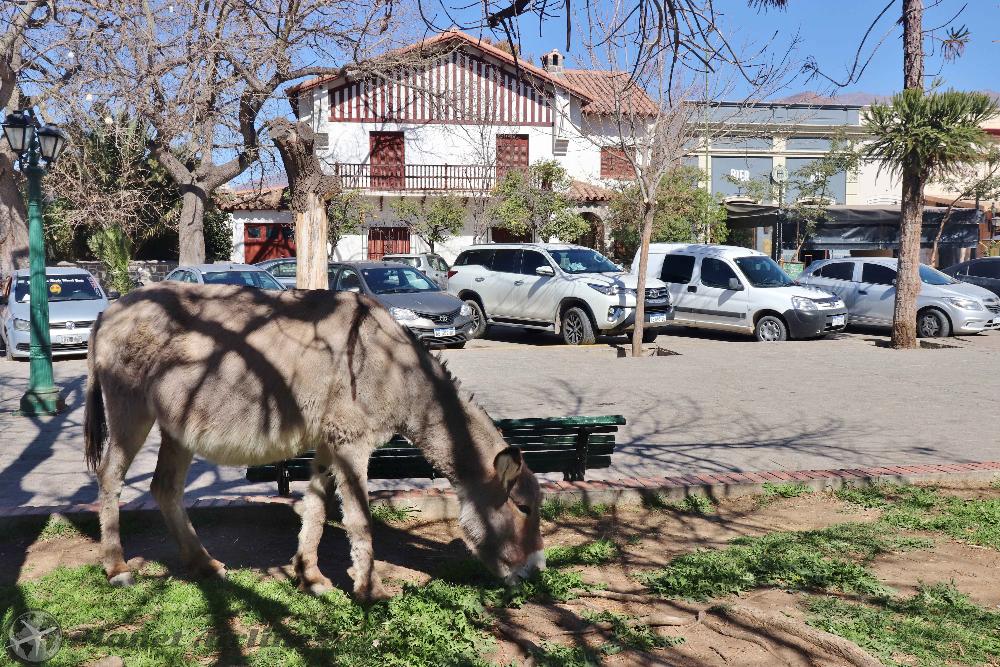

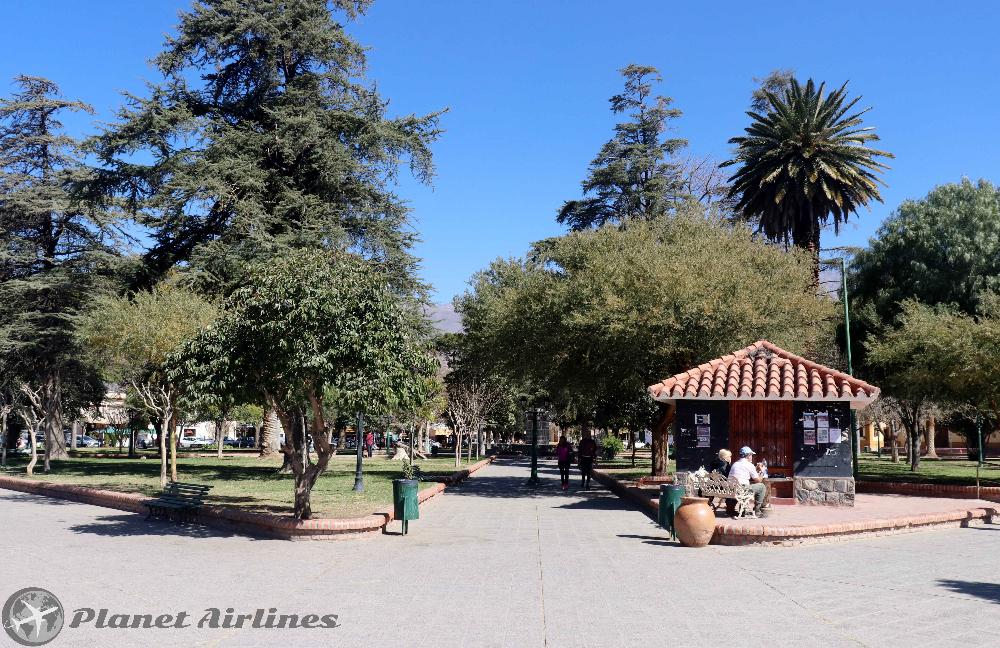
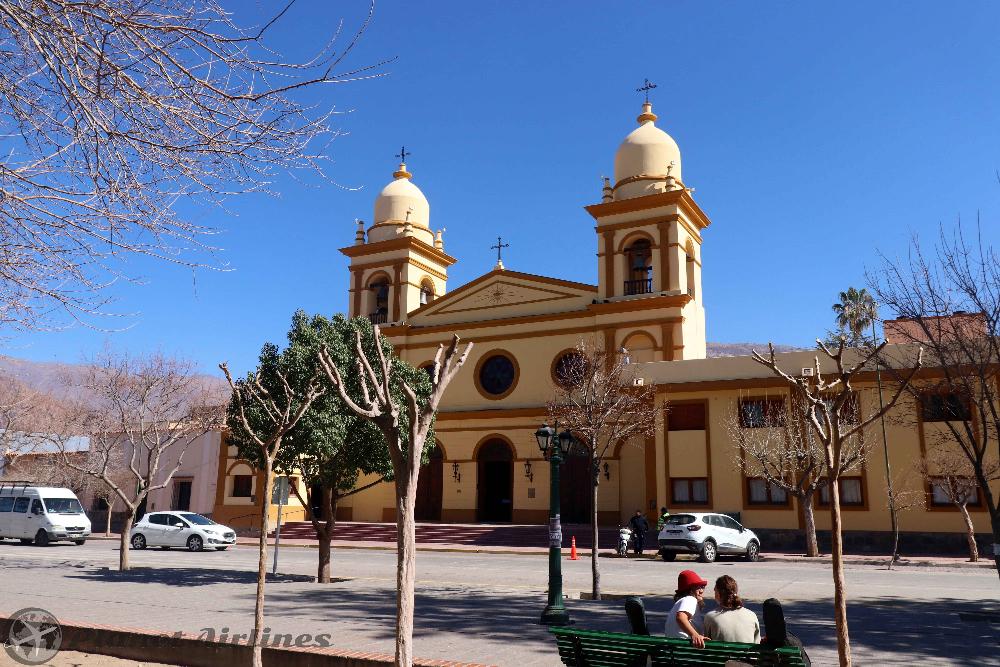
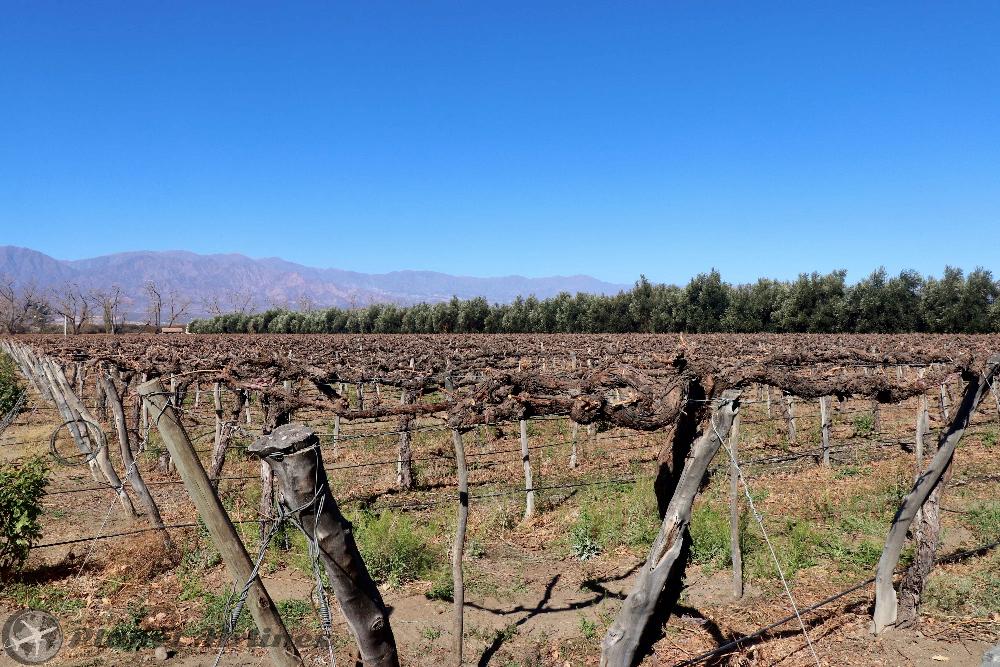
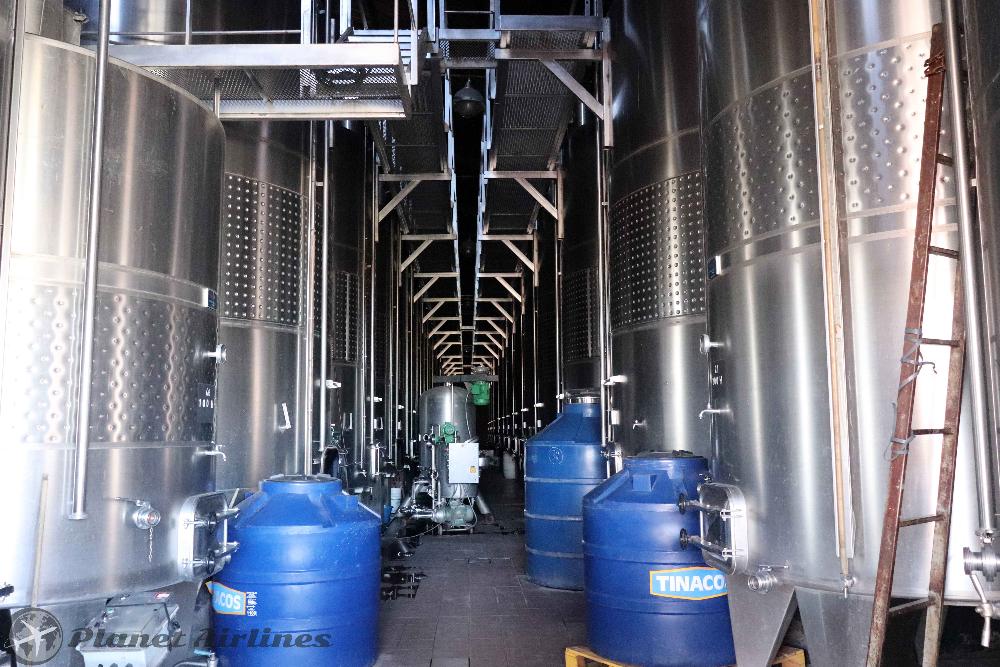

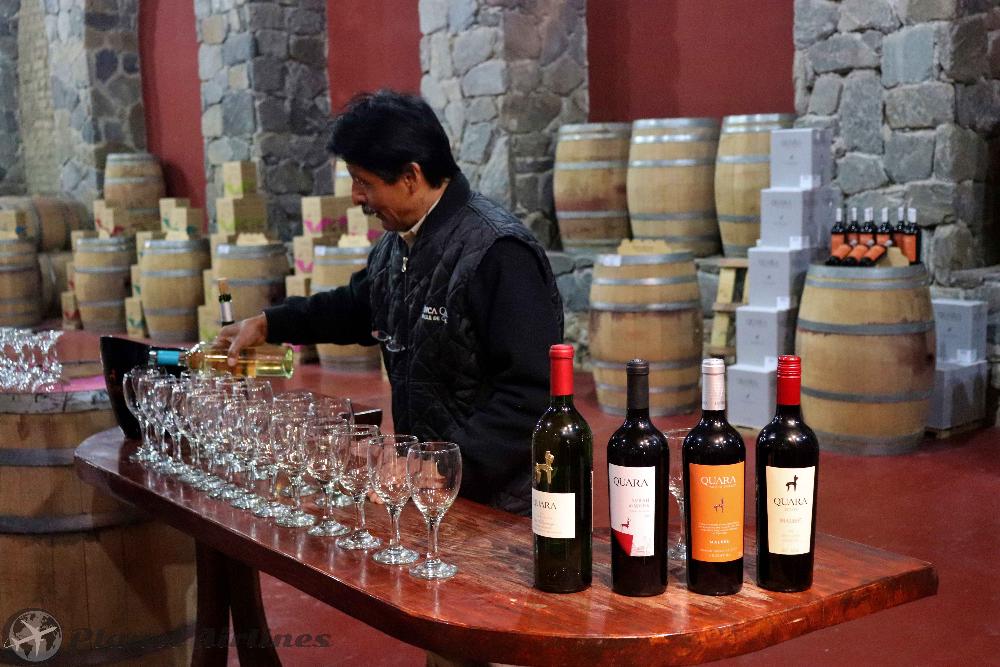

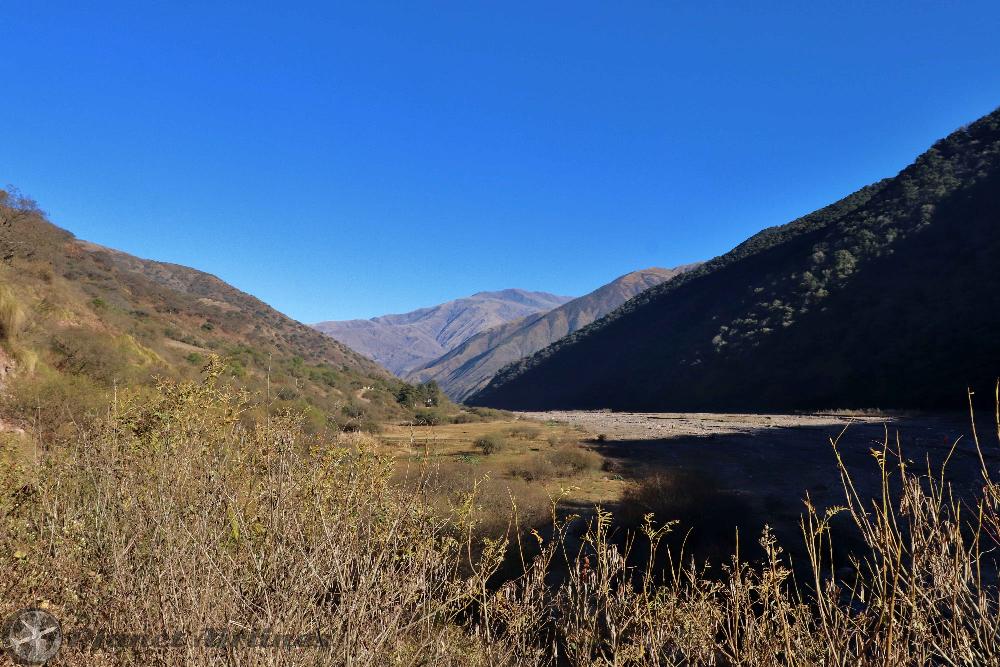
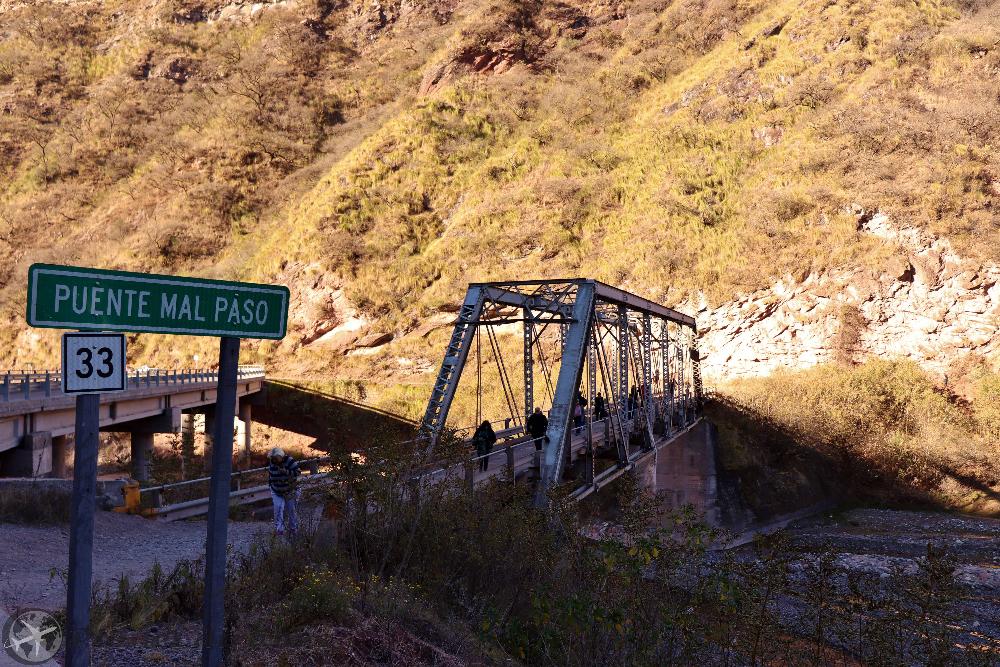
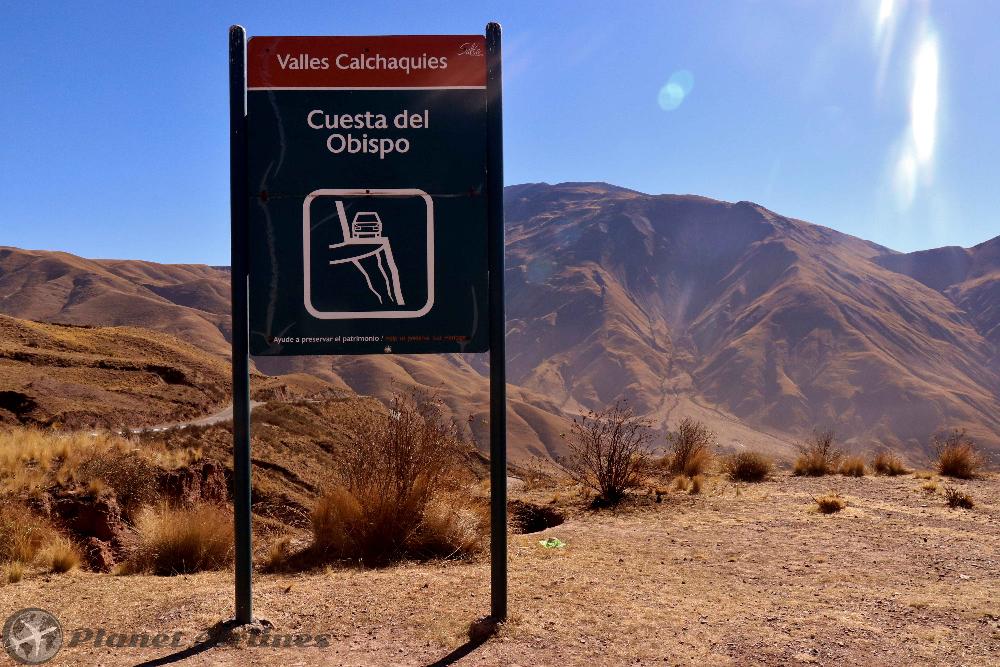

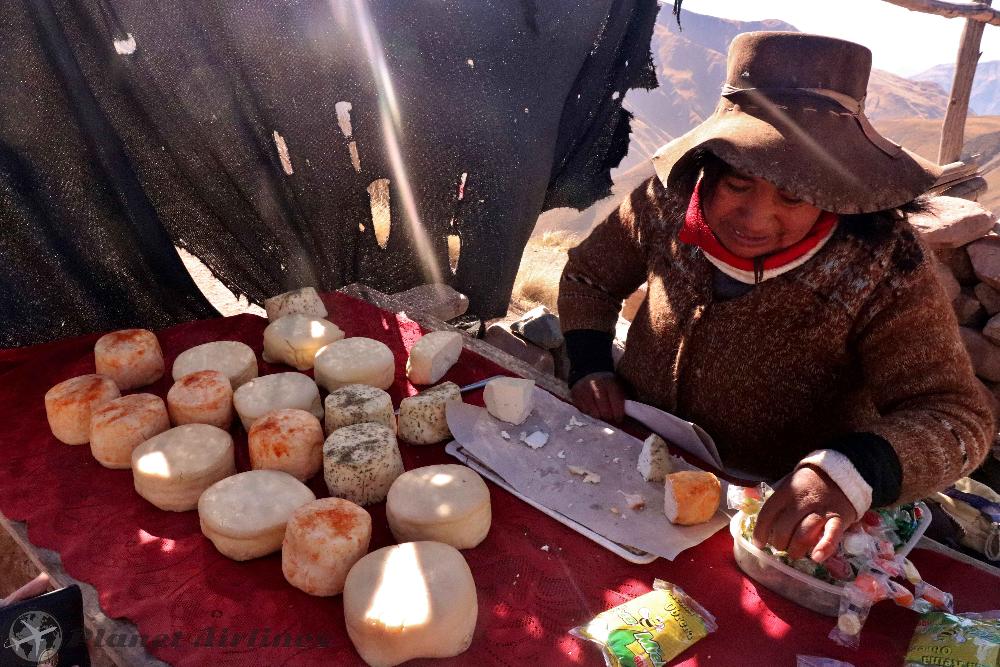
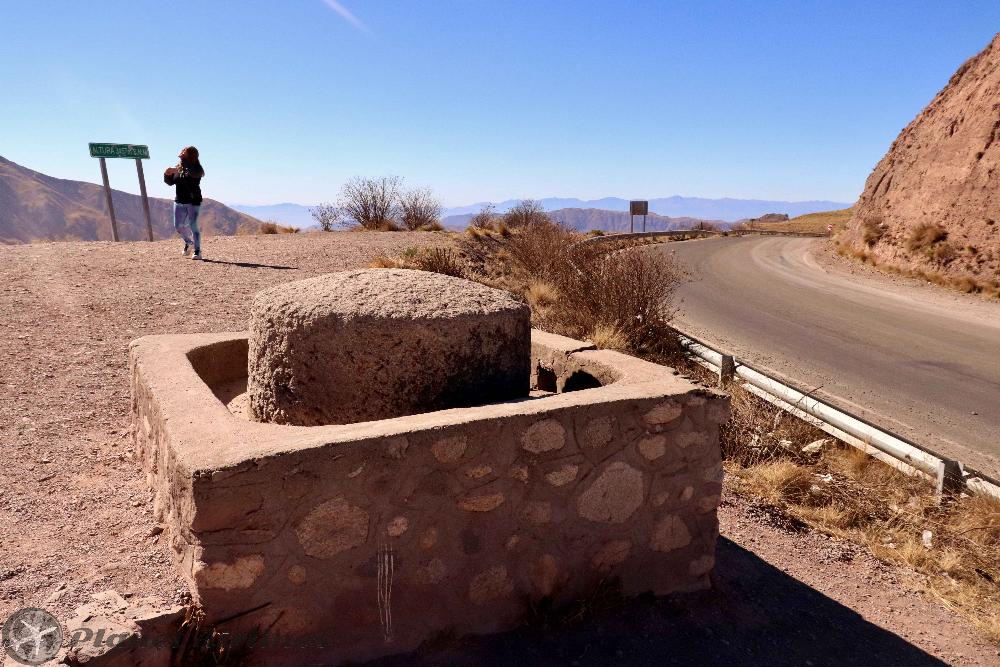

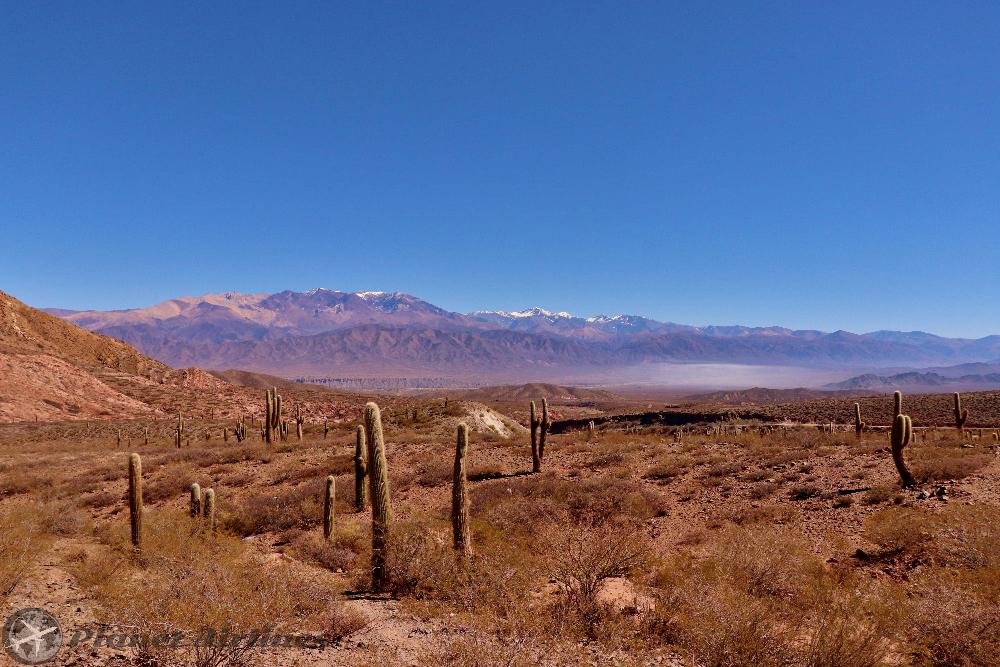

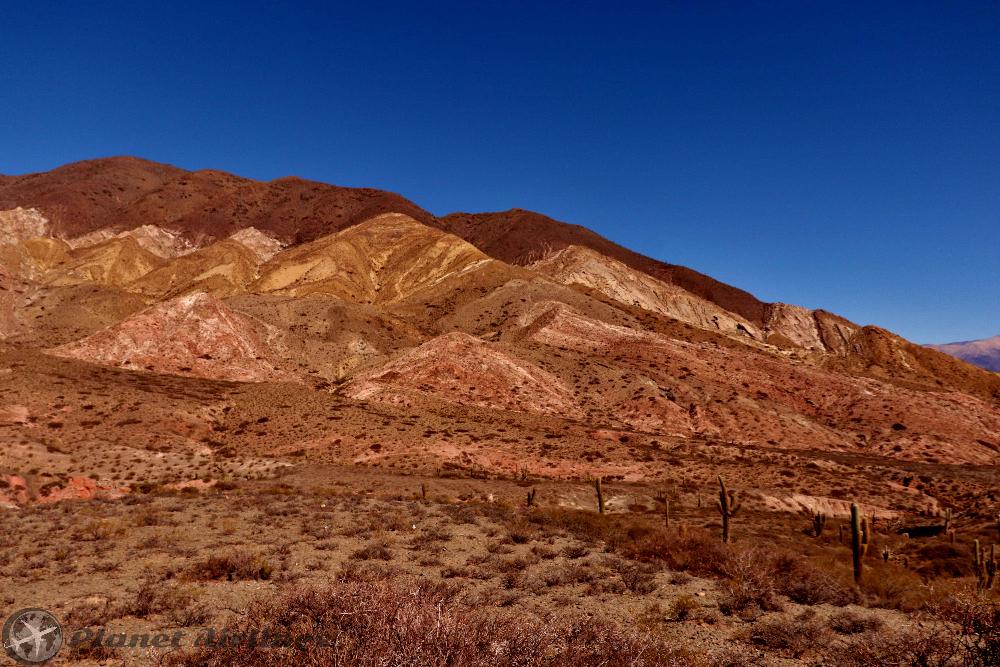
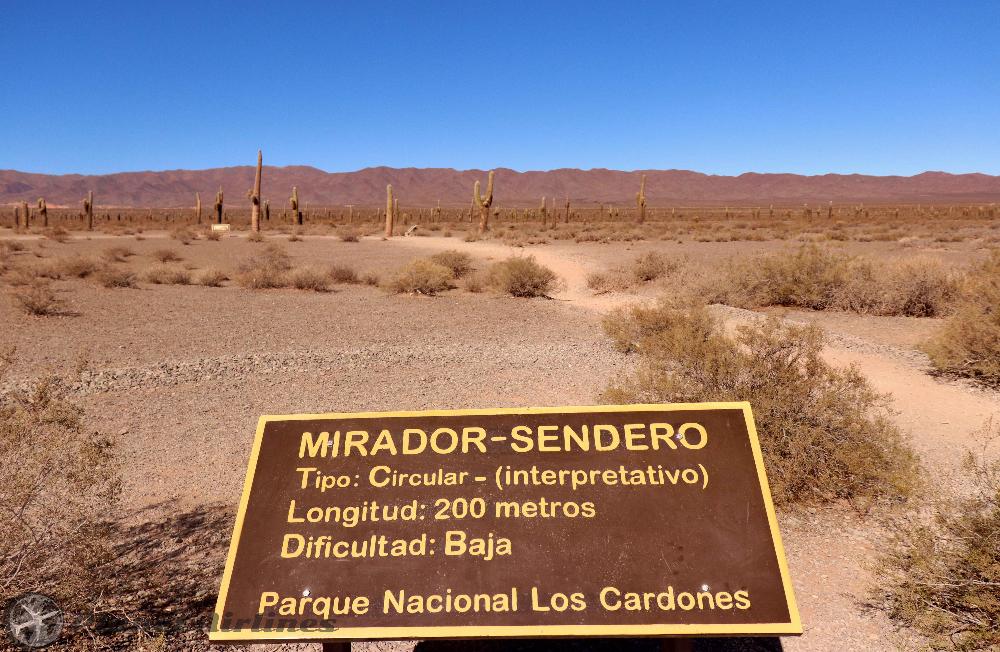
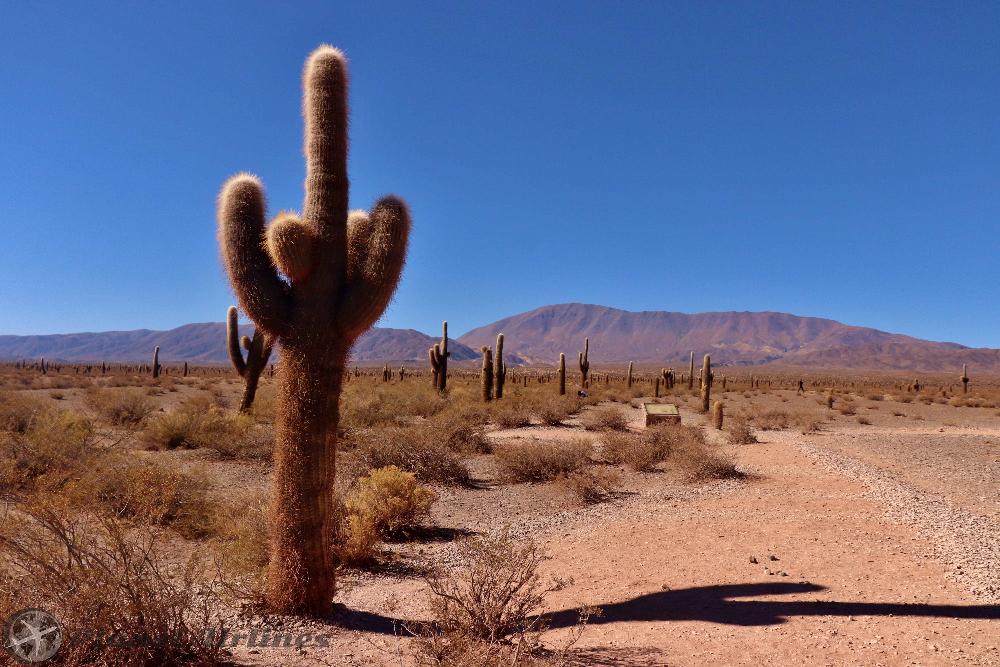
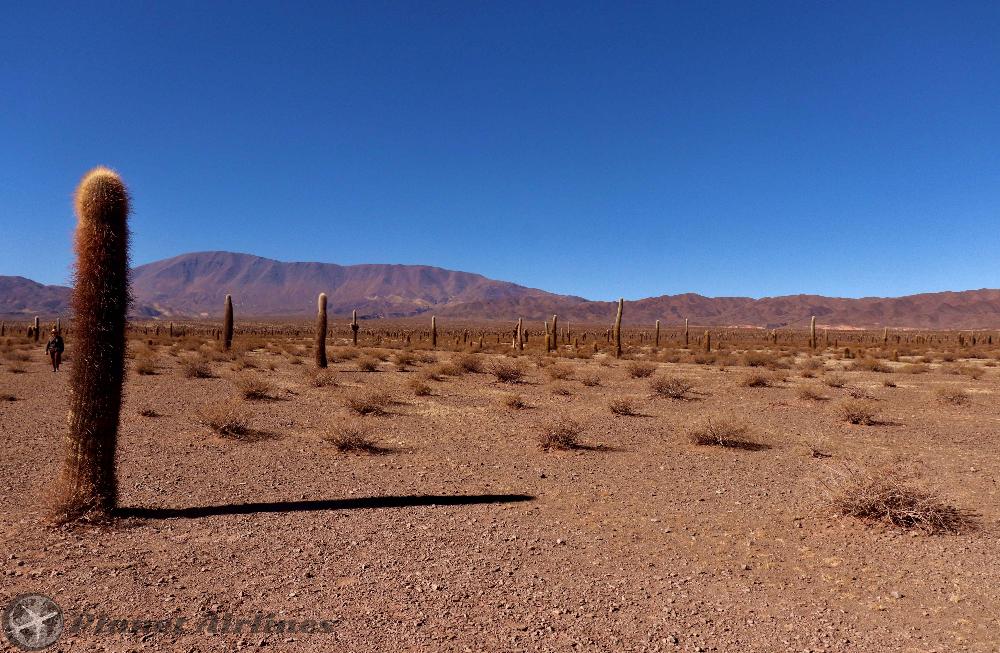
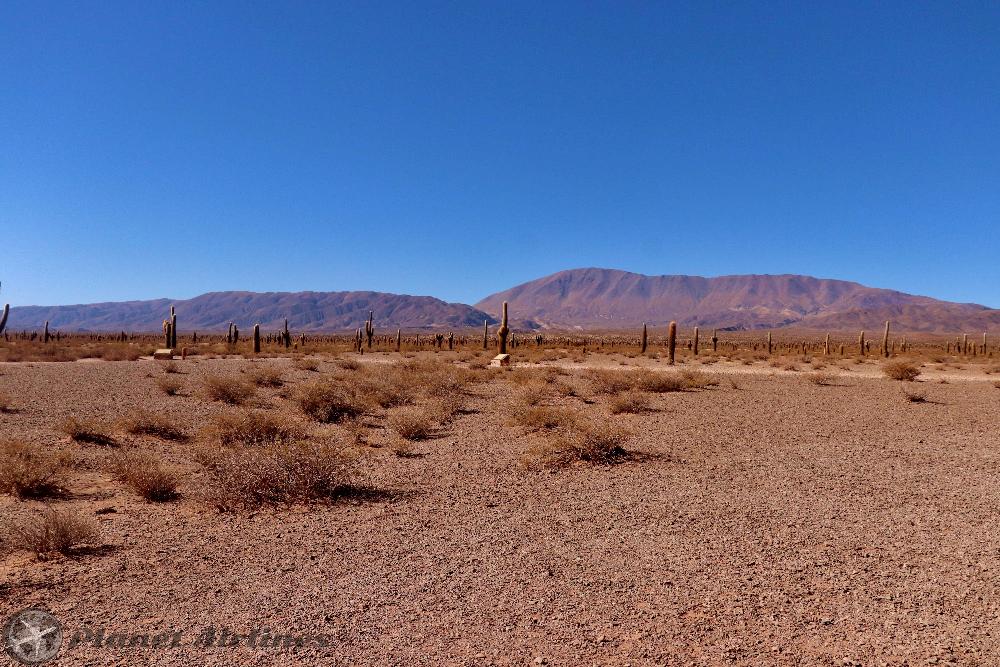
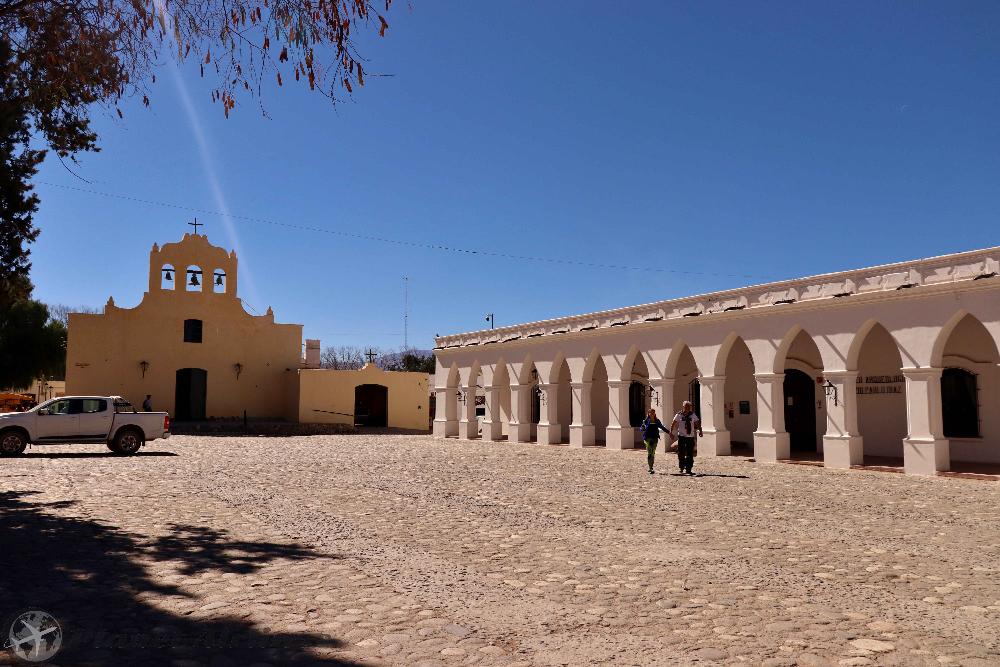
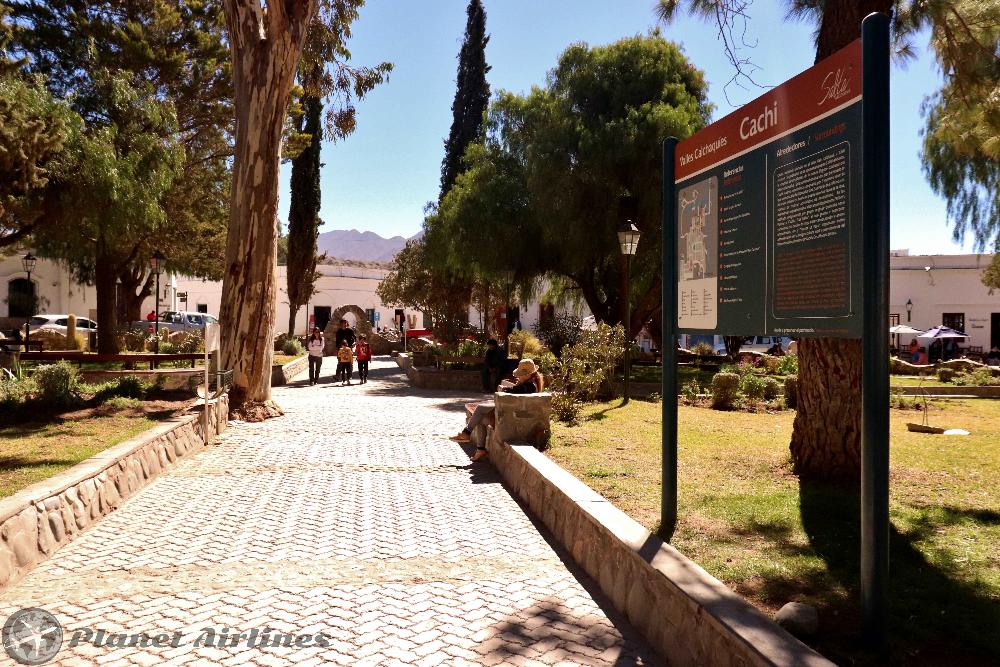
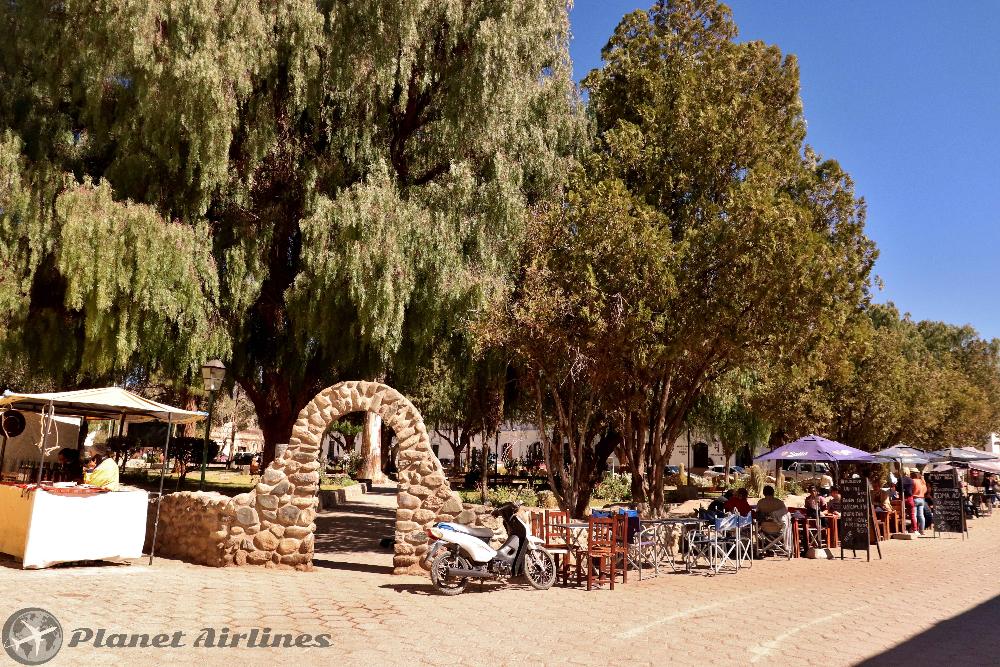
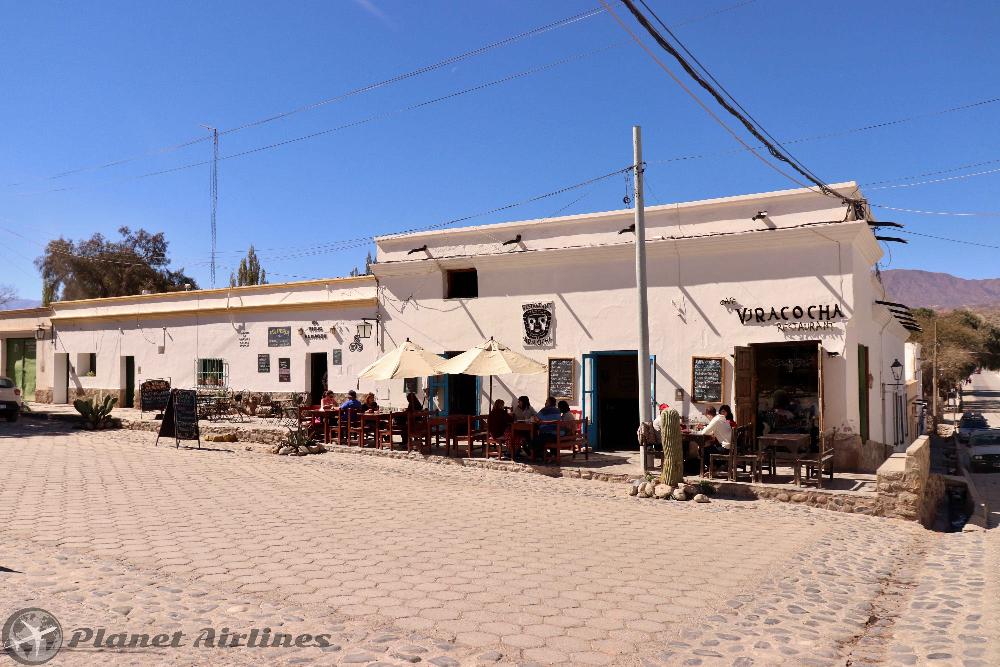
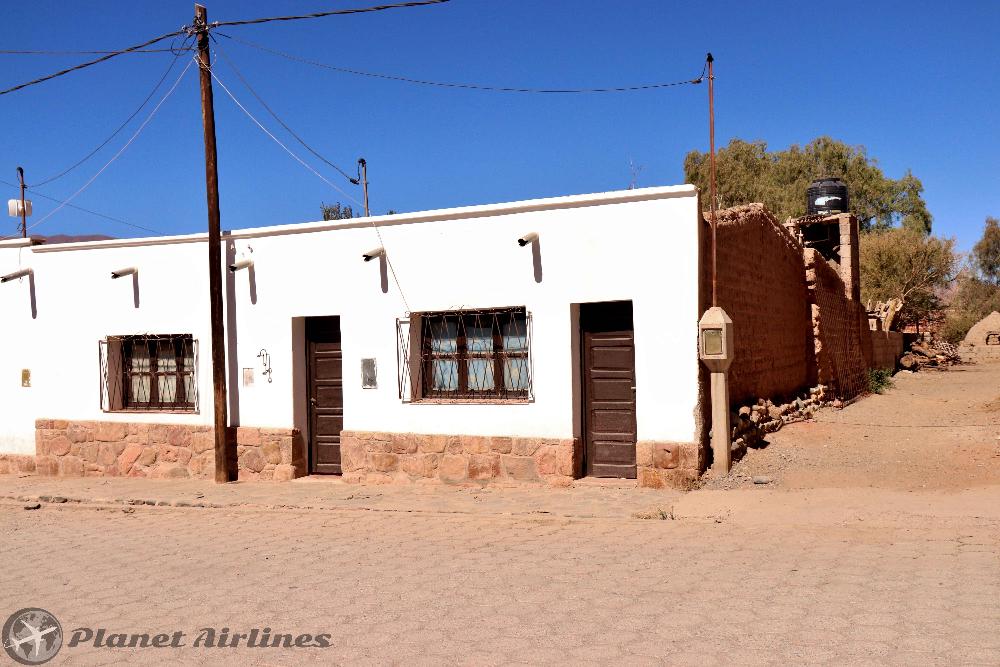































.png)